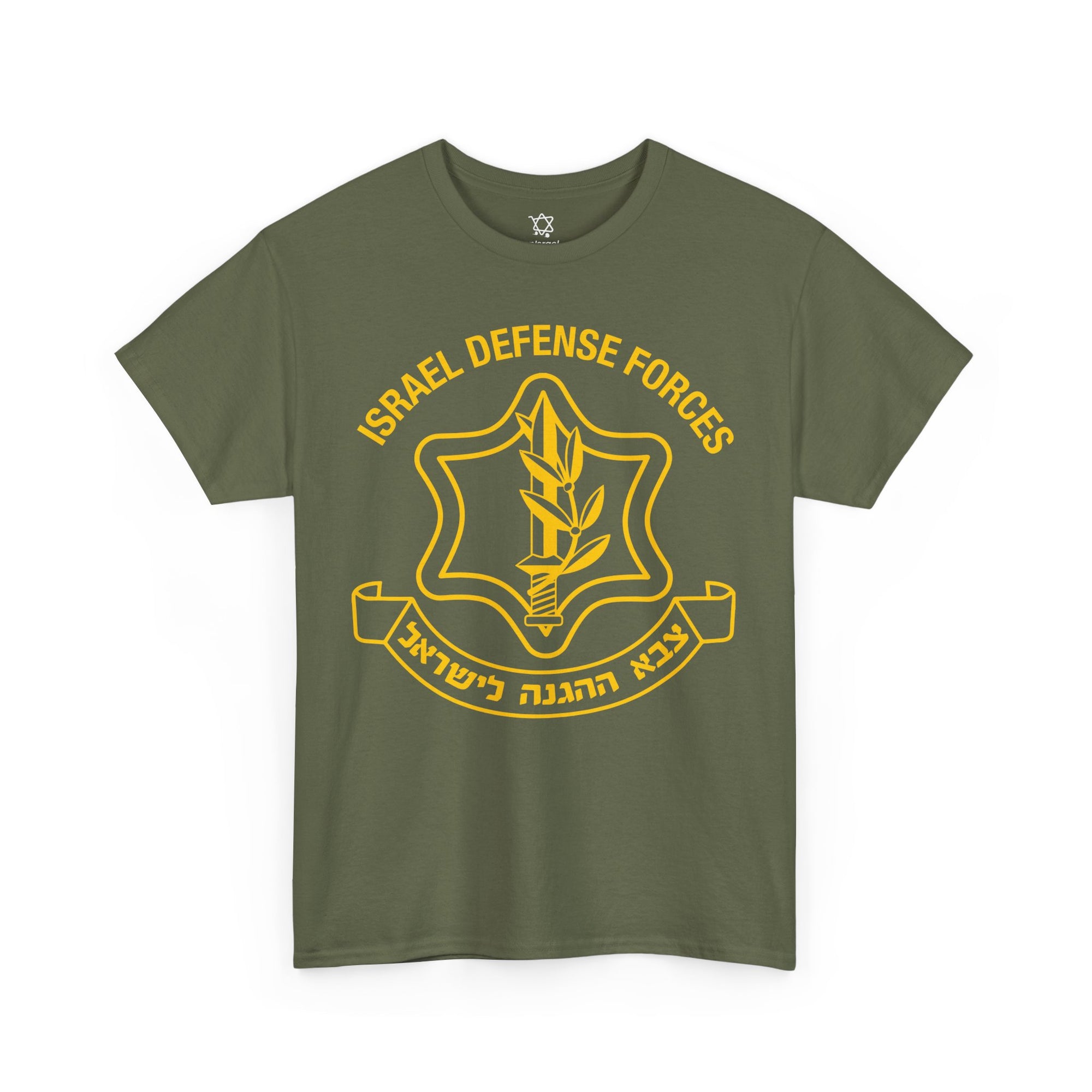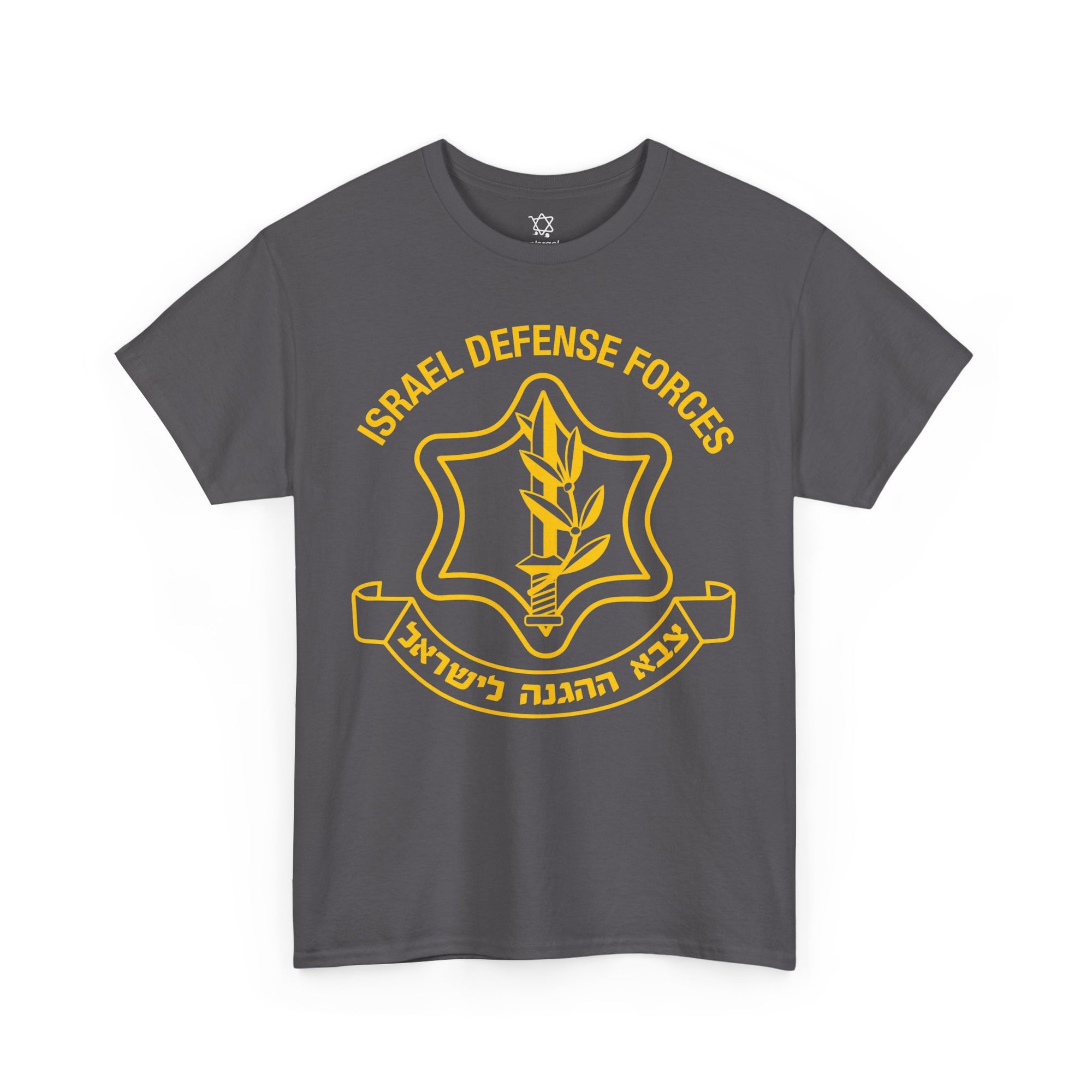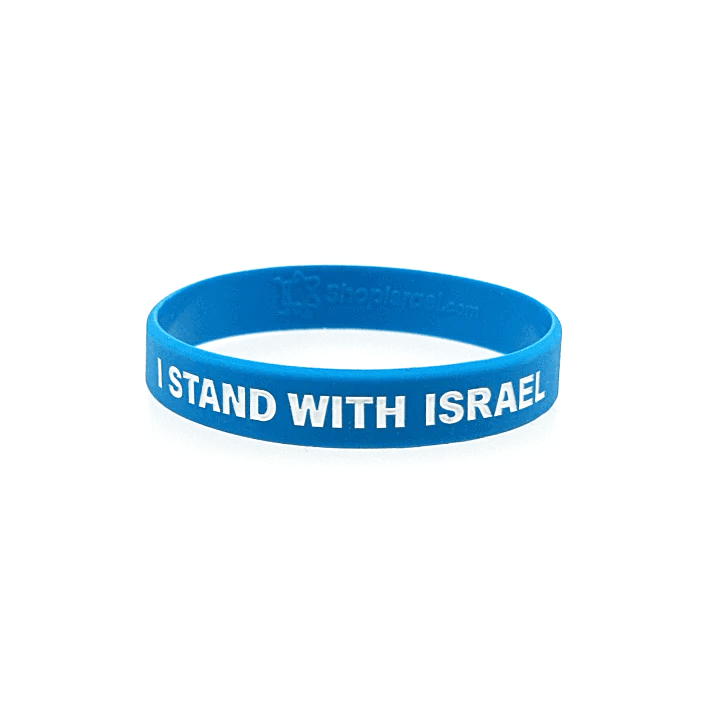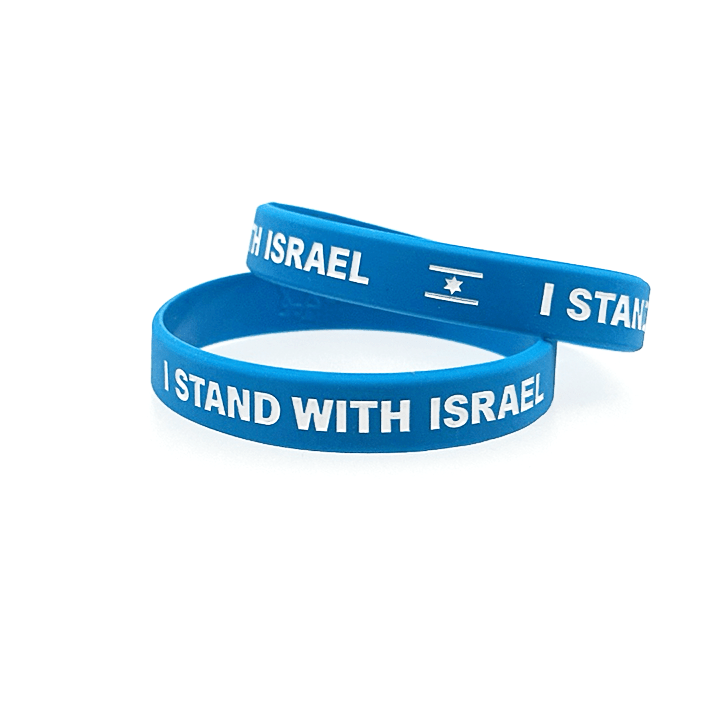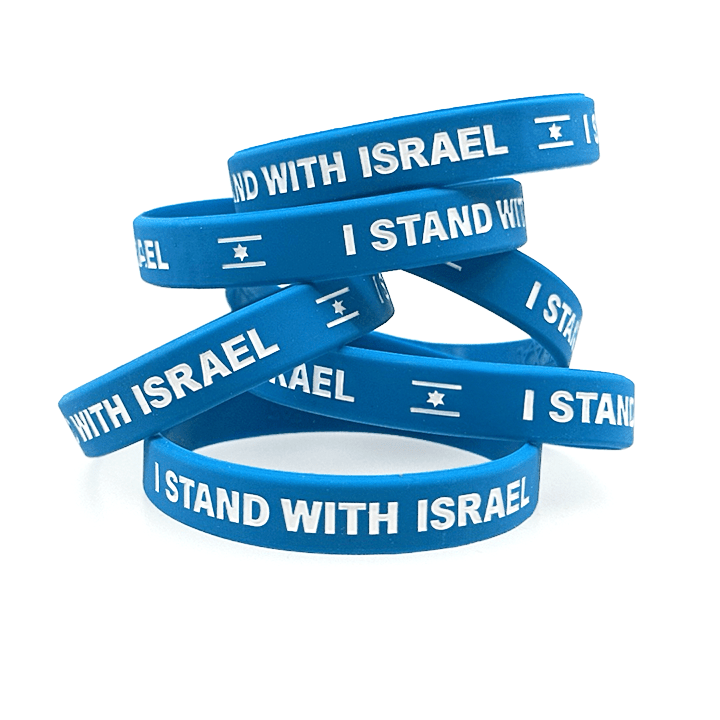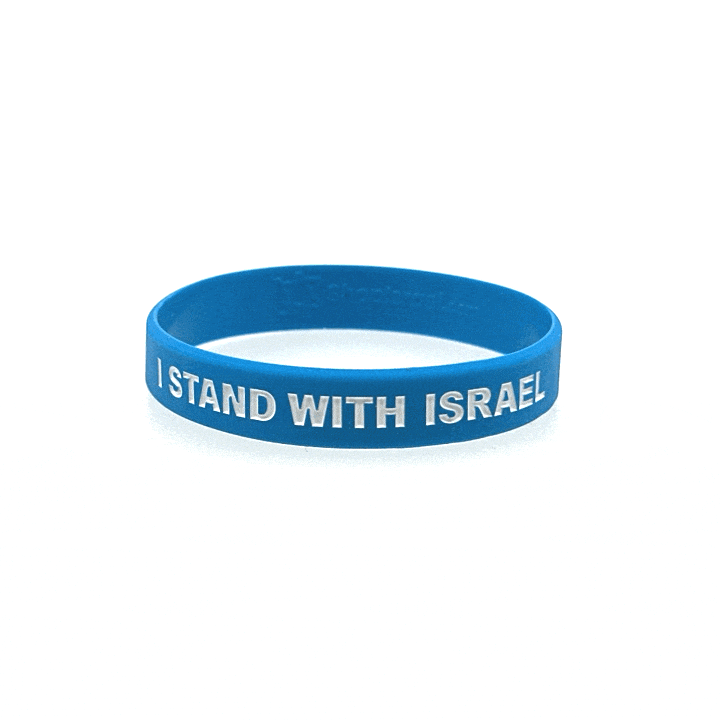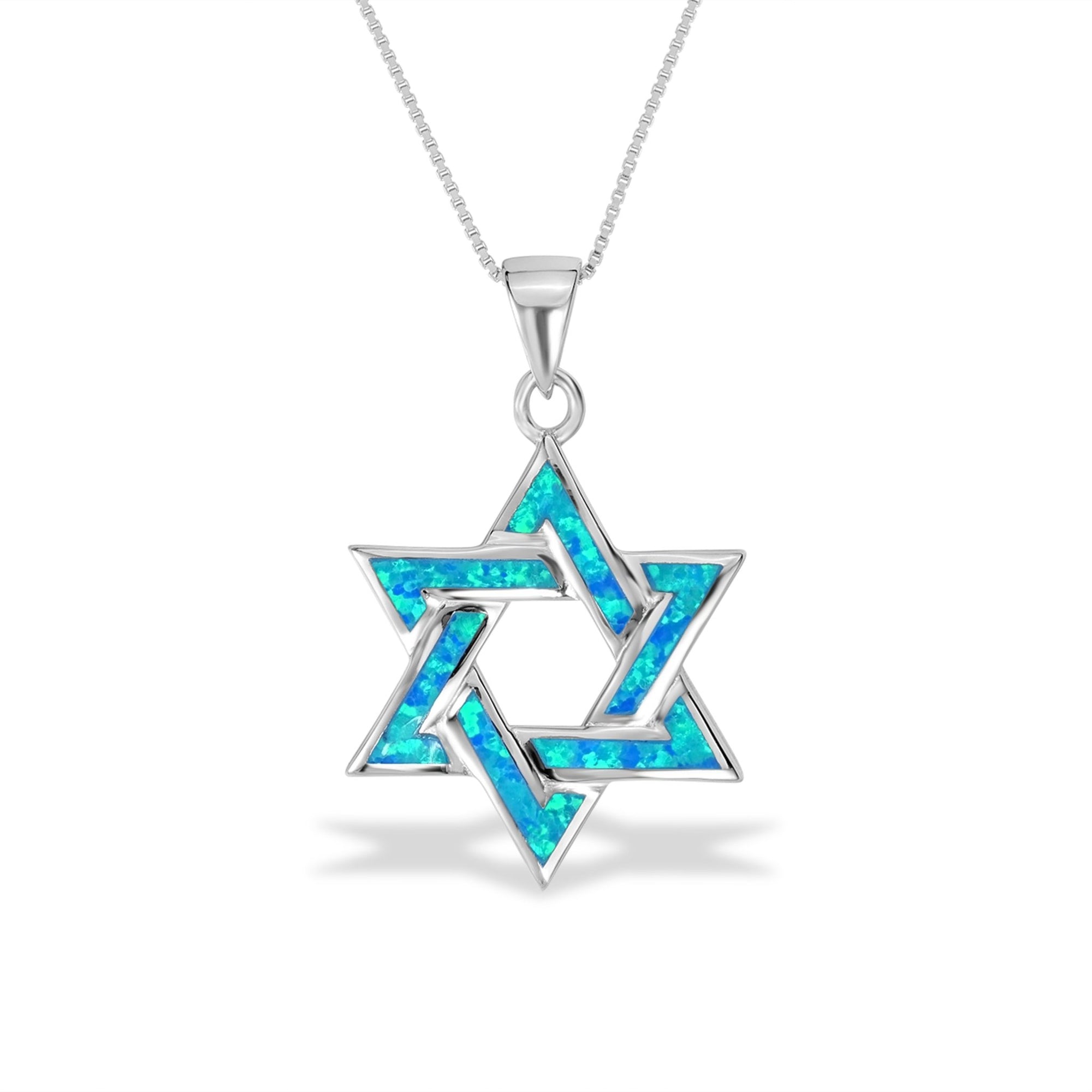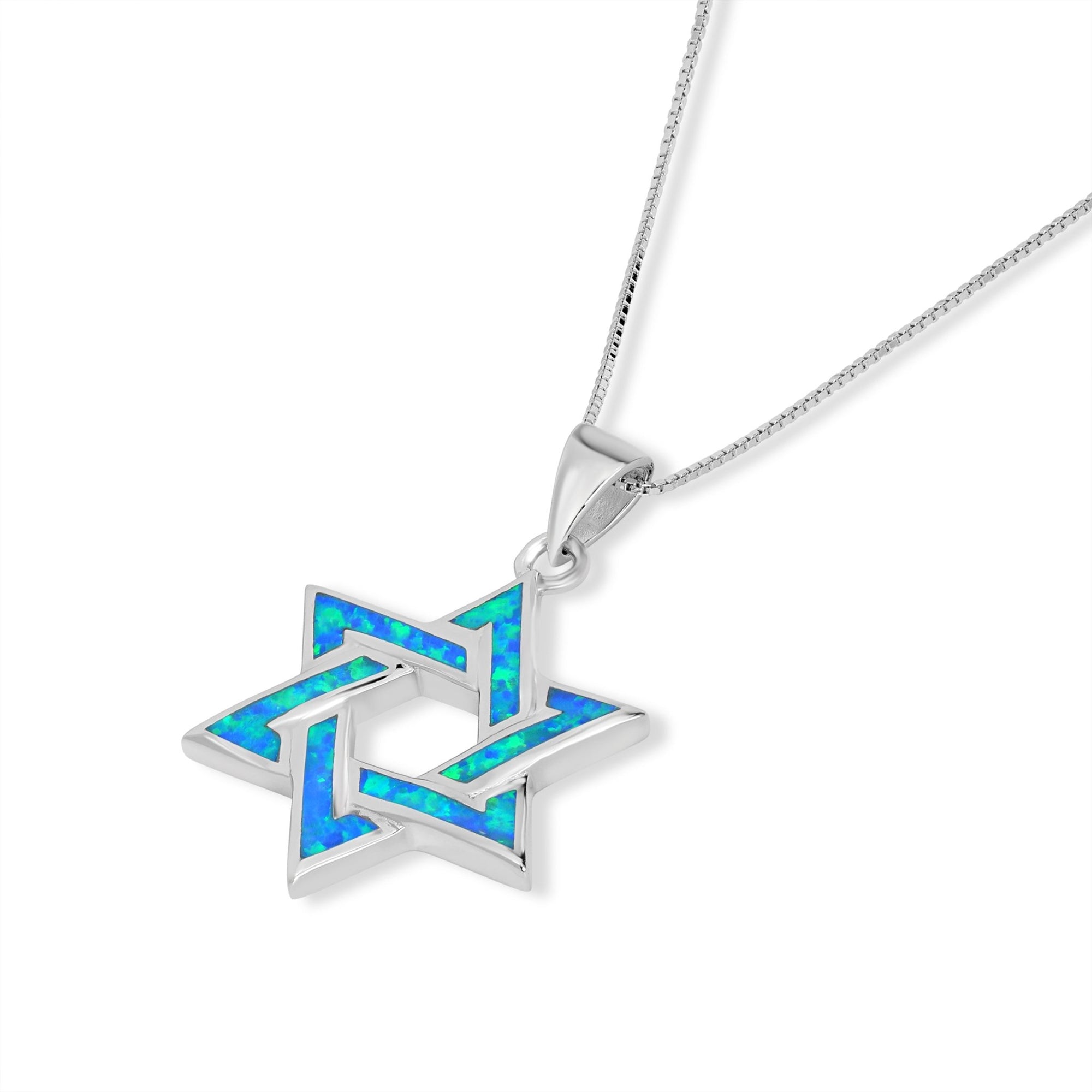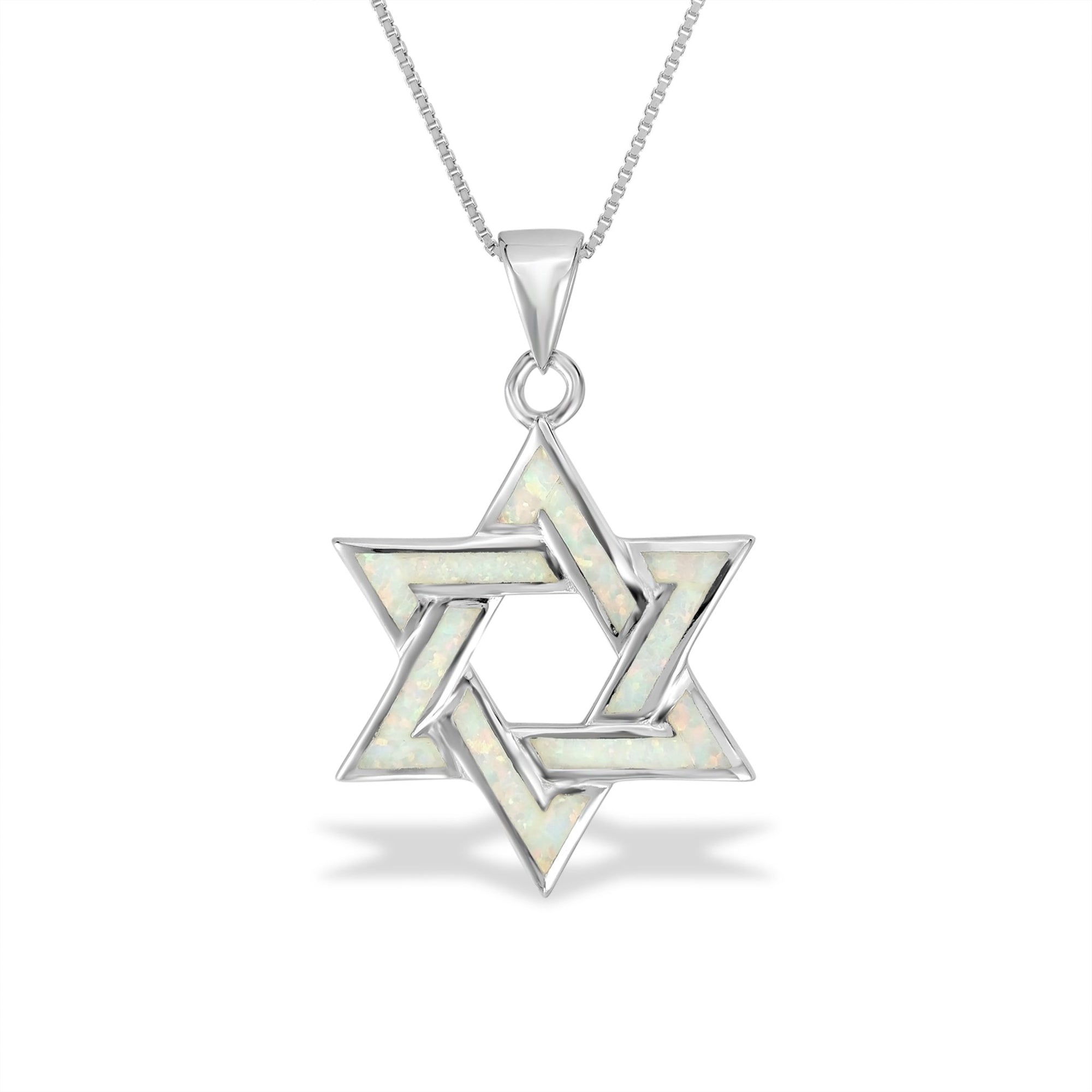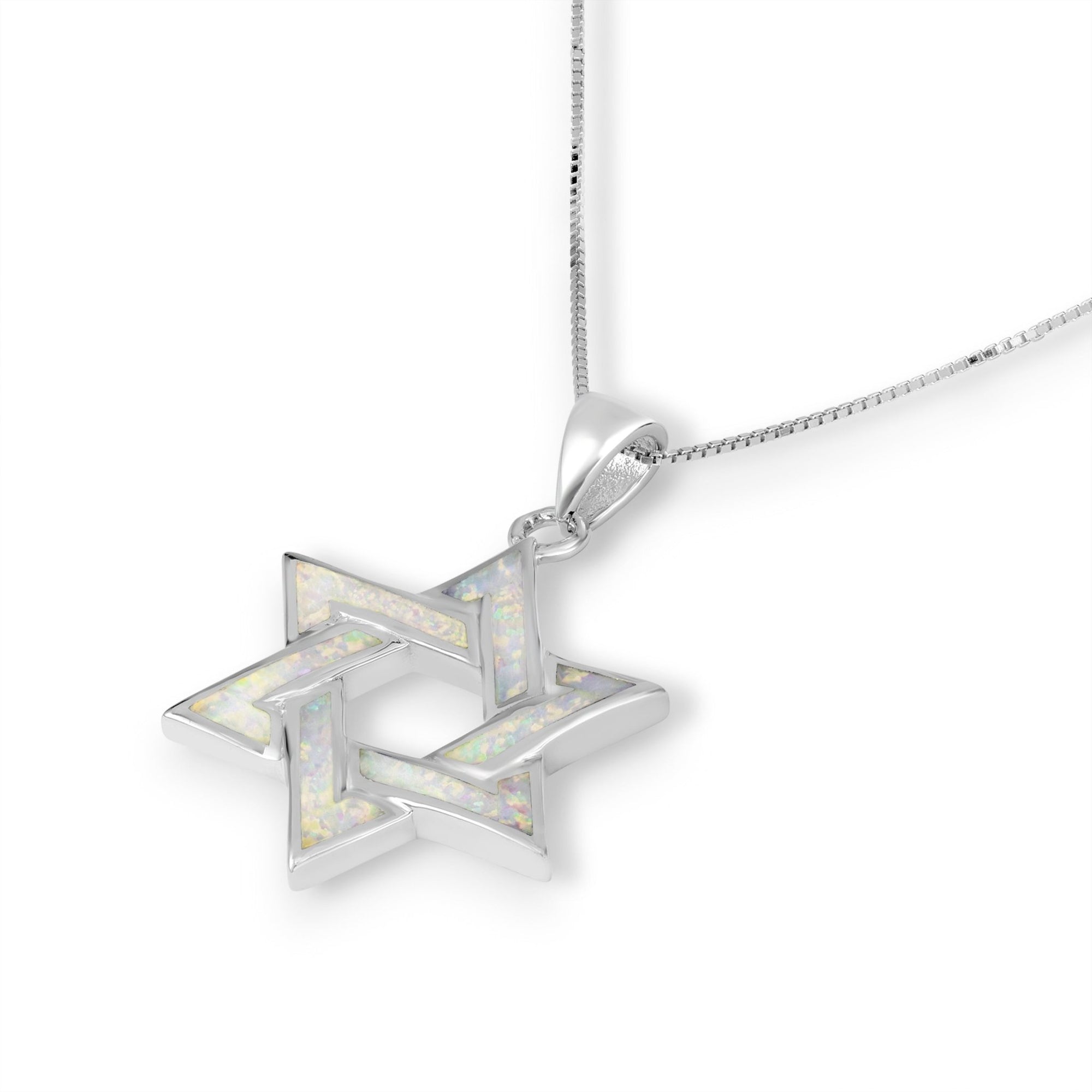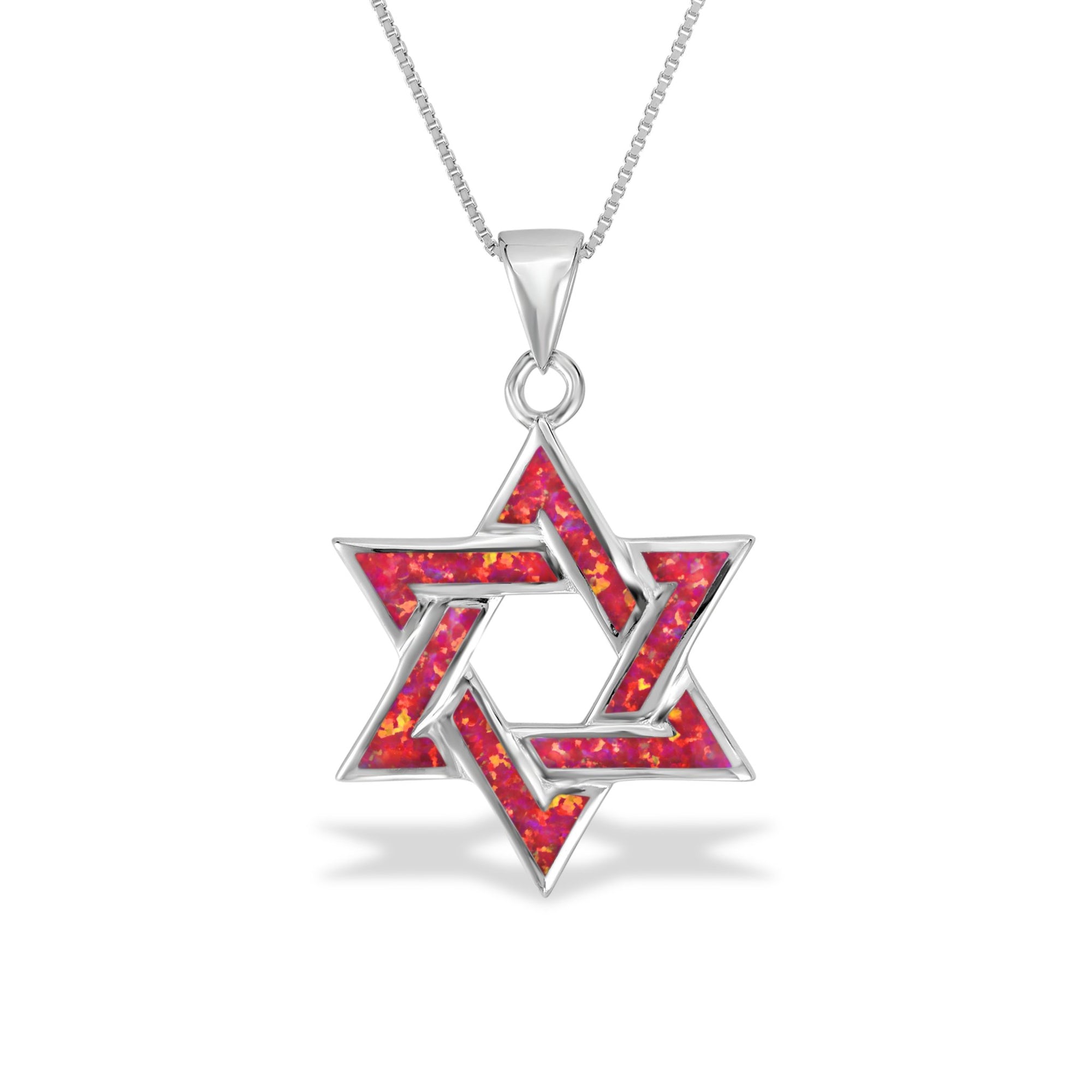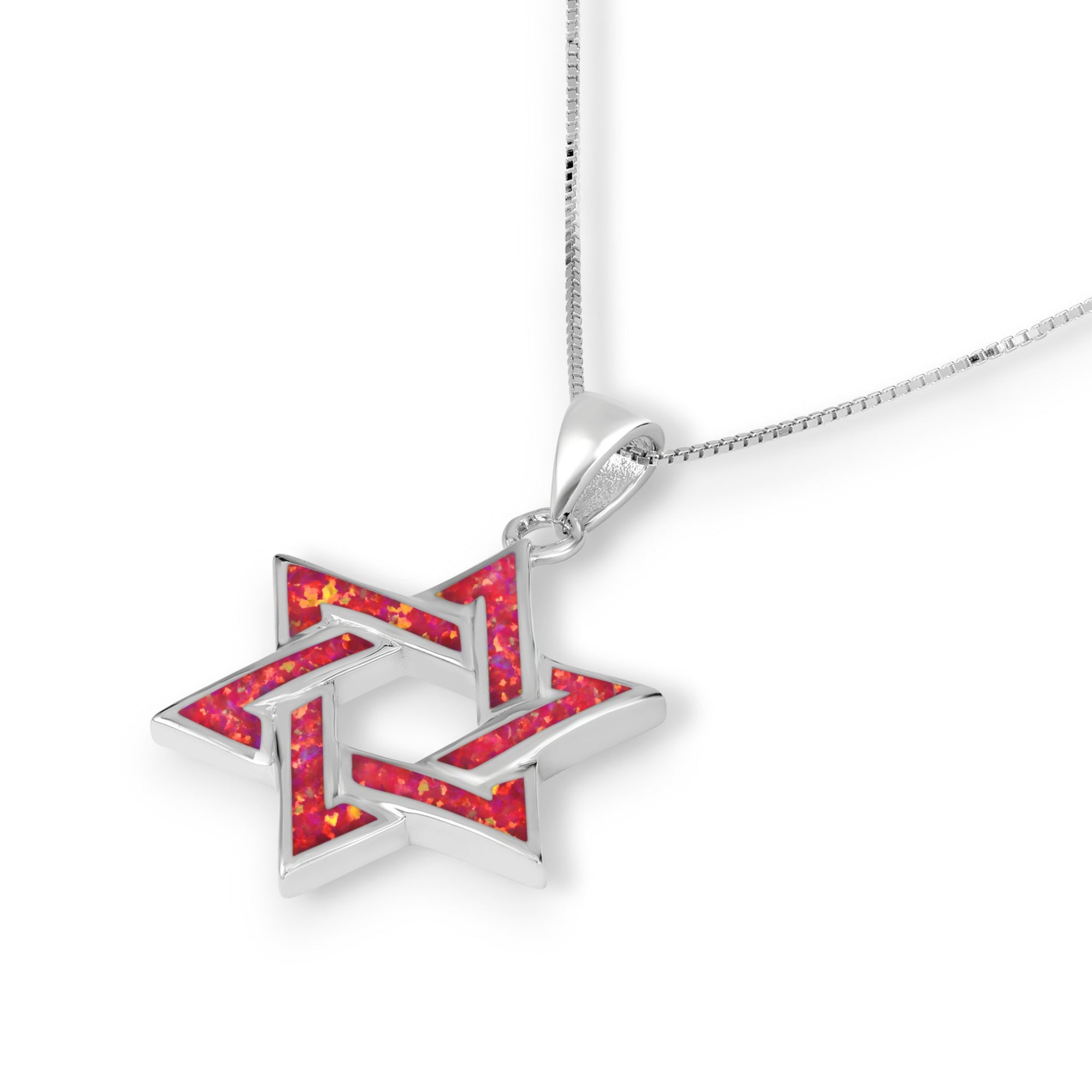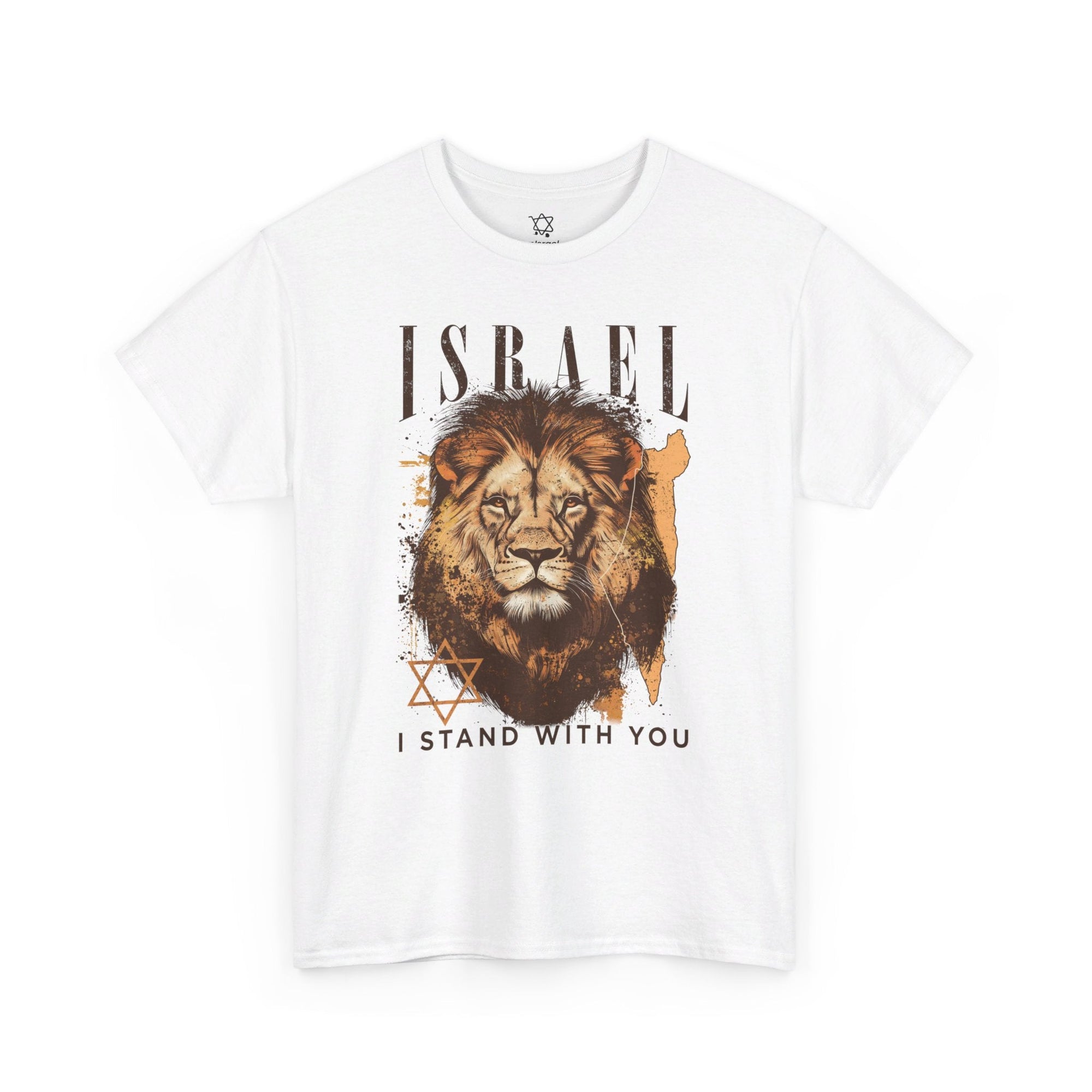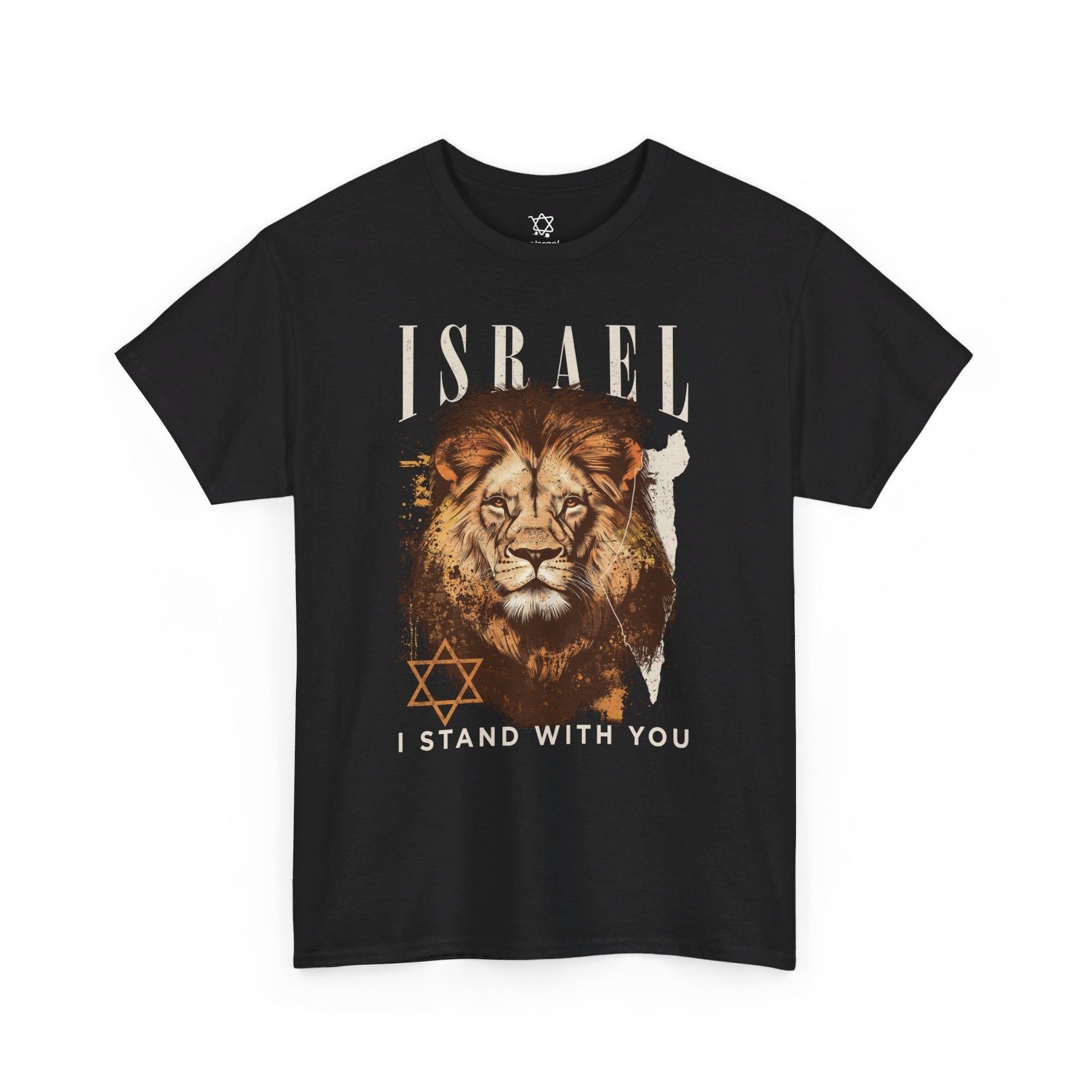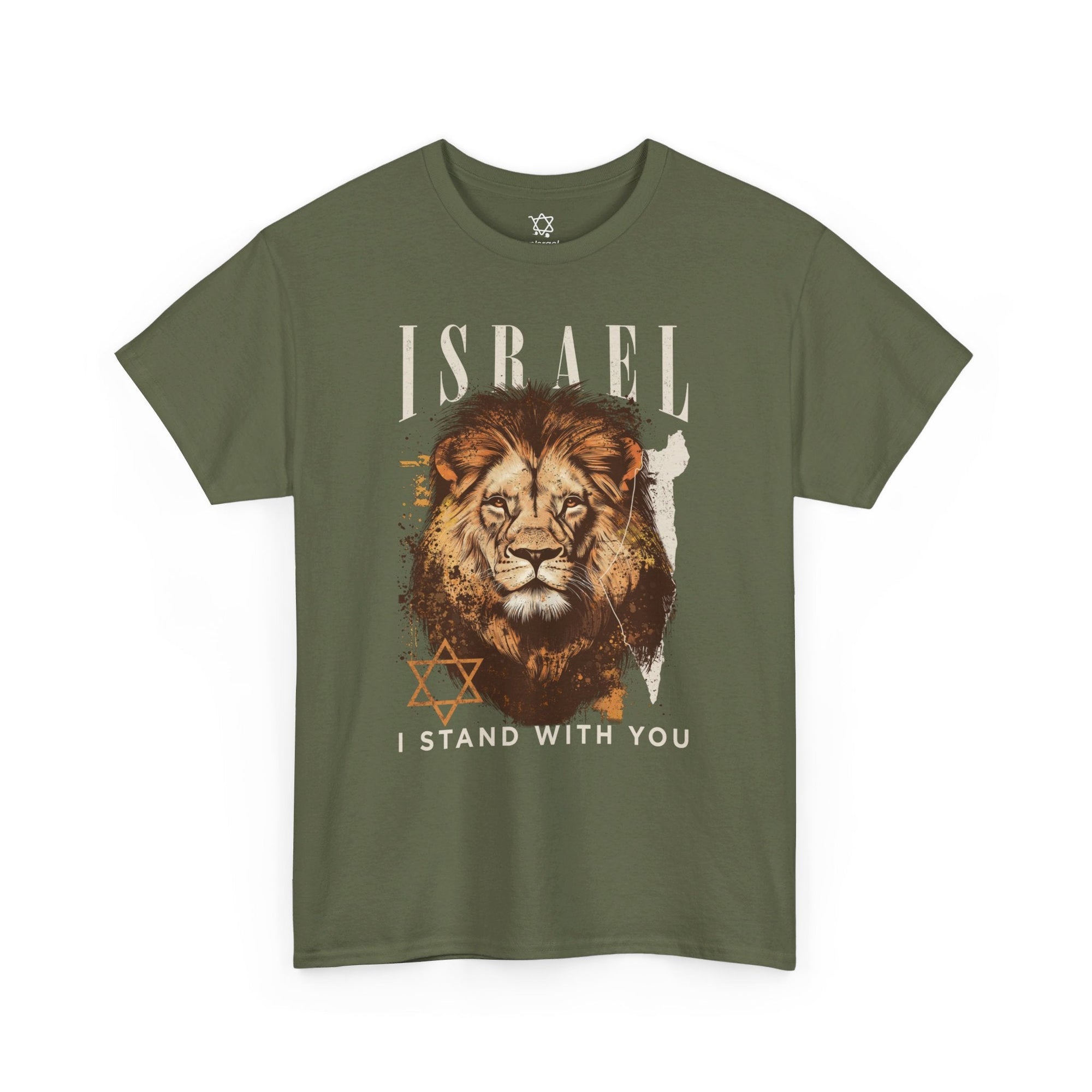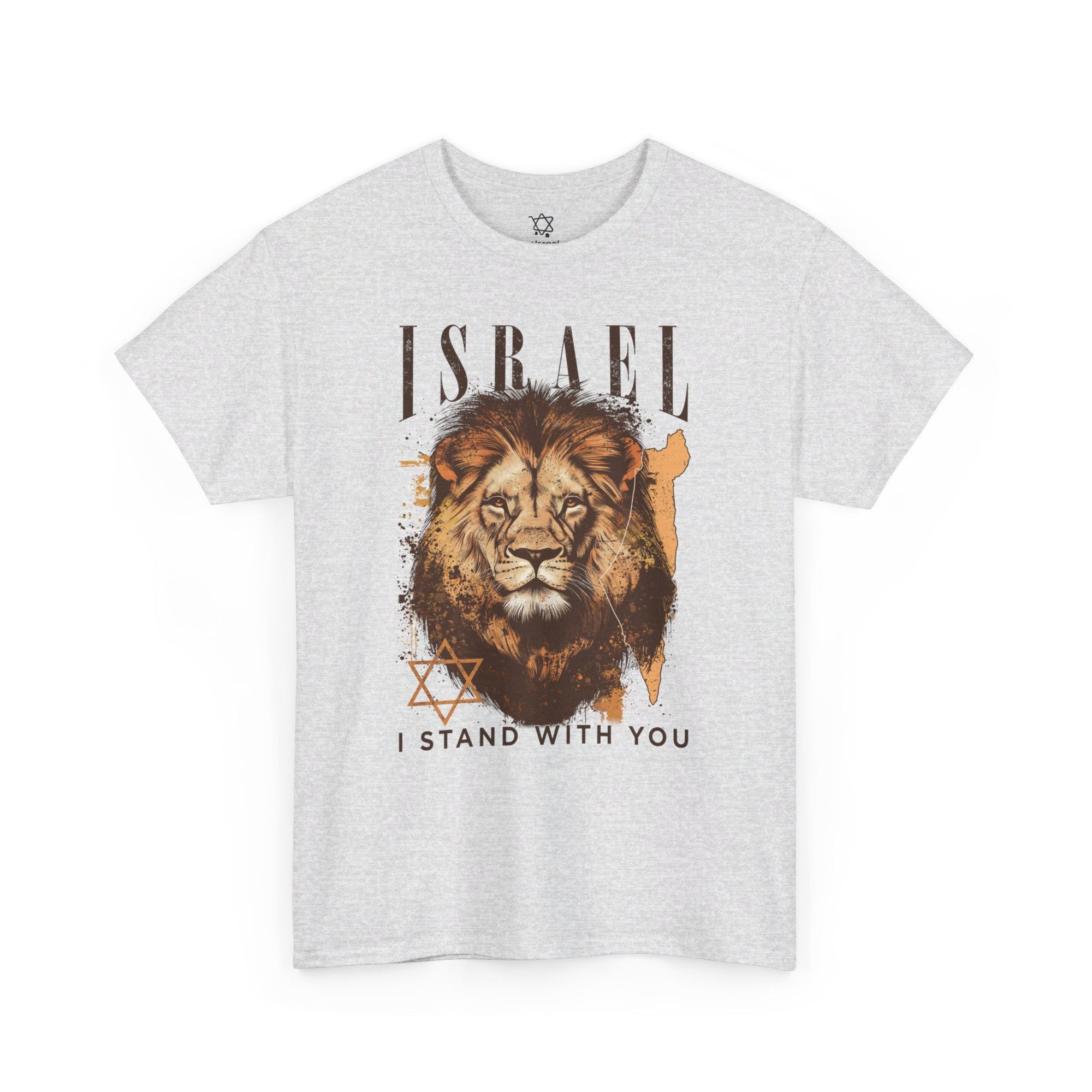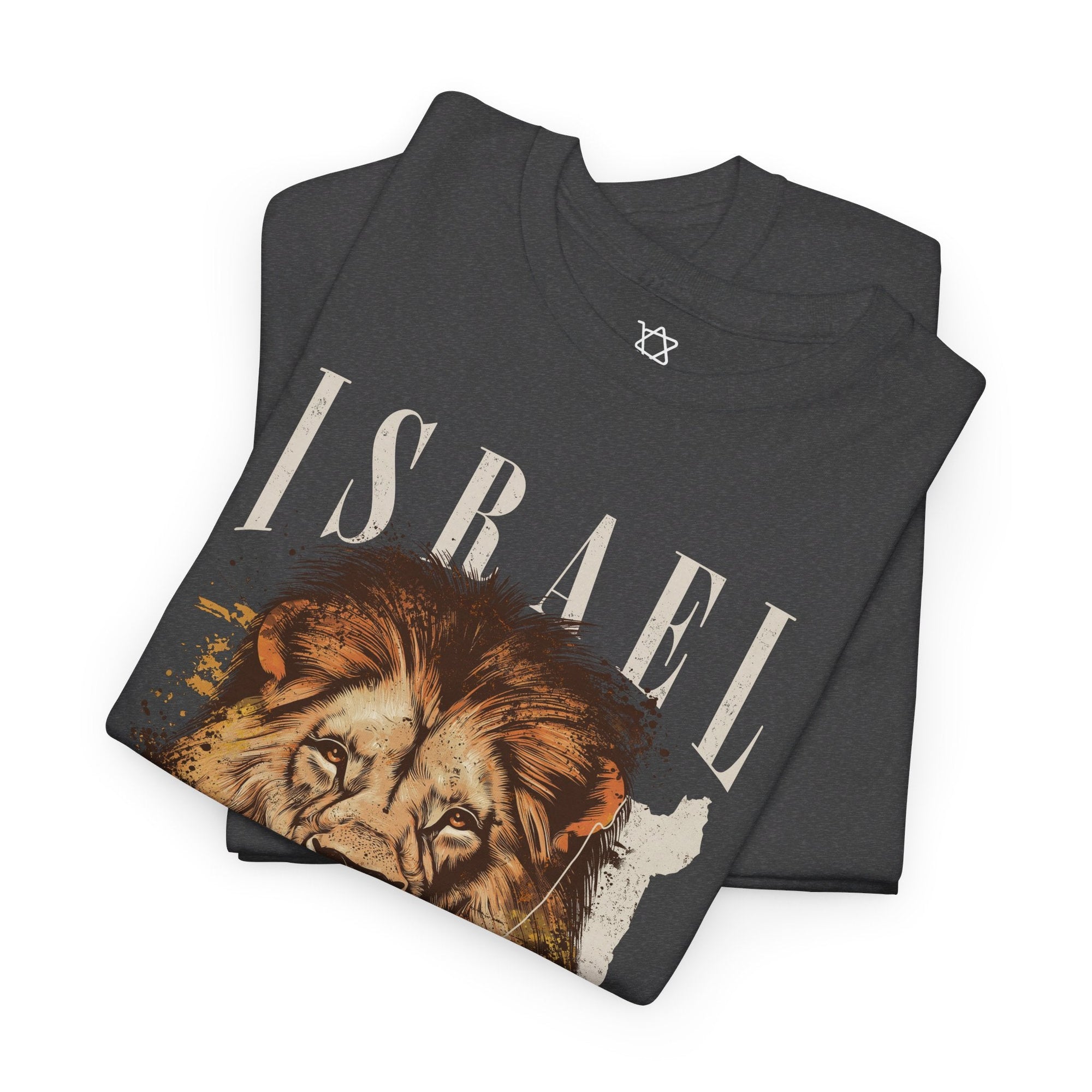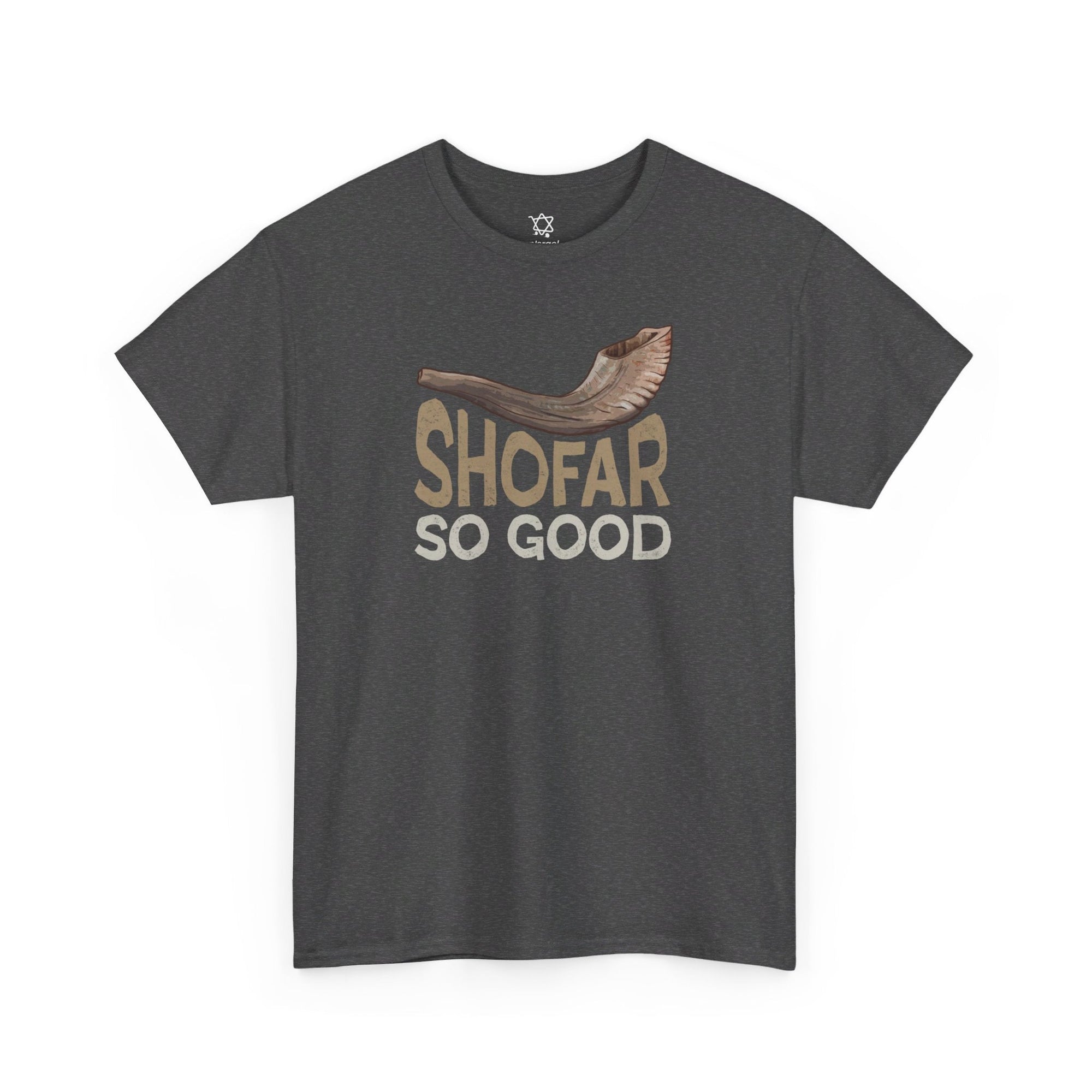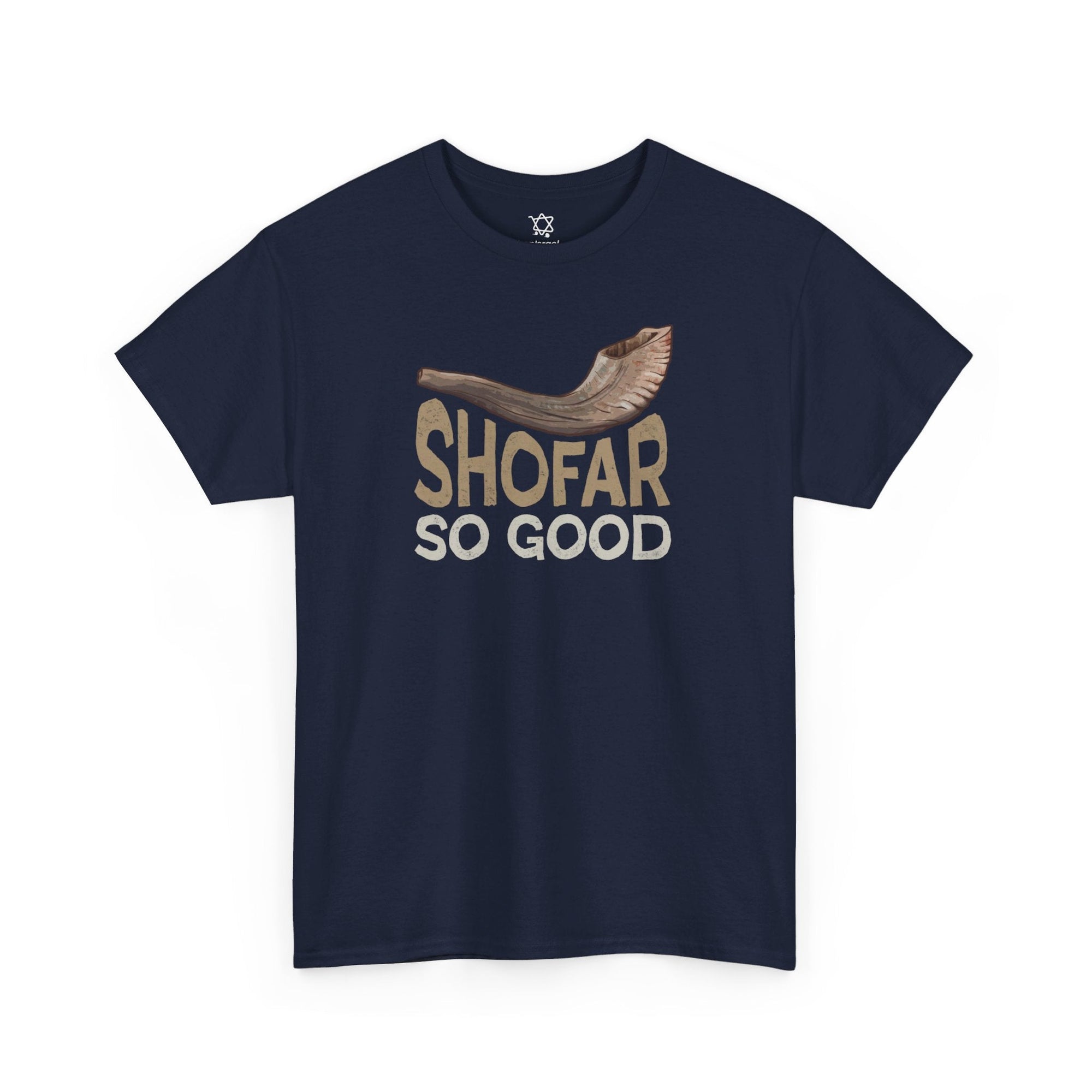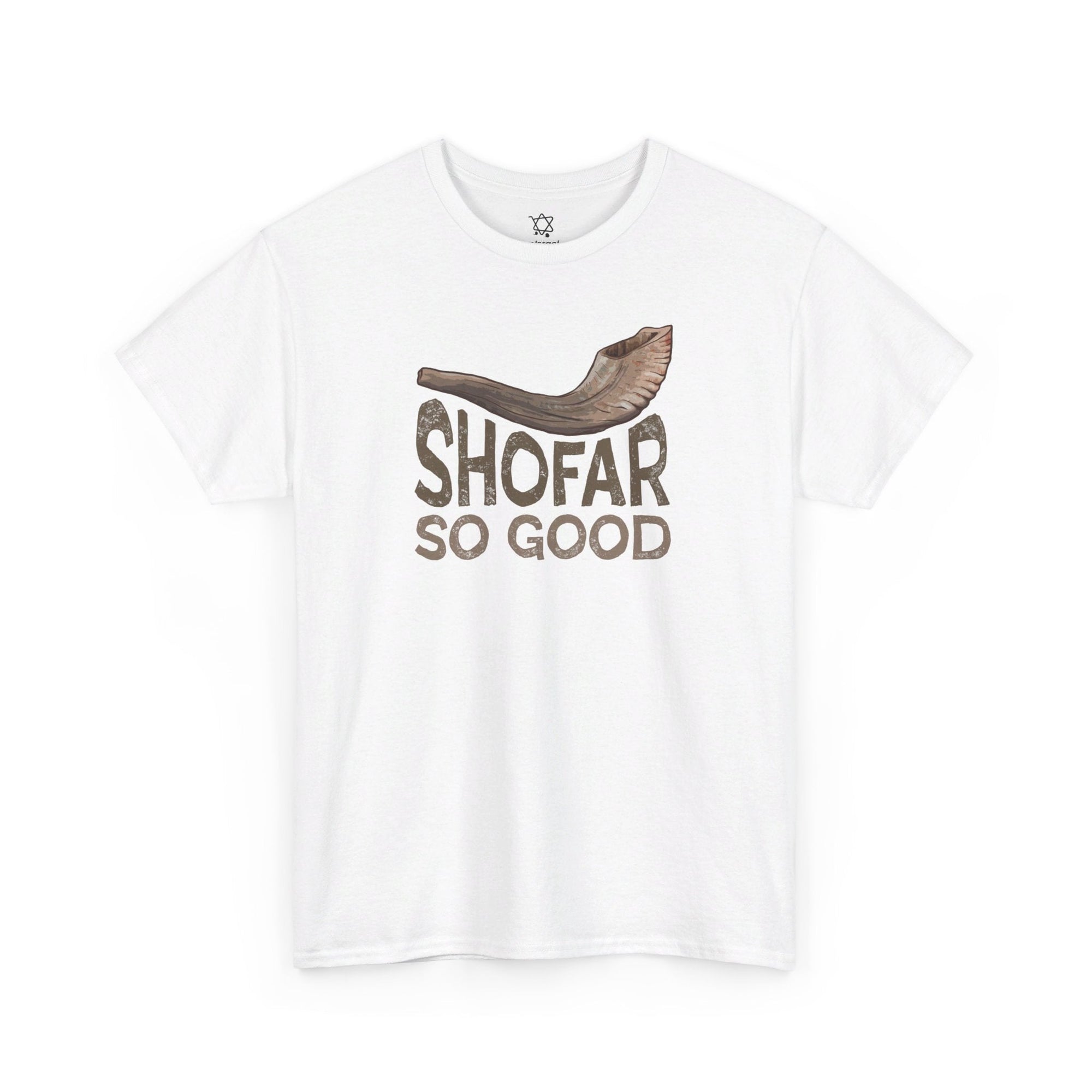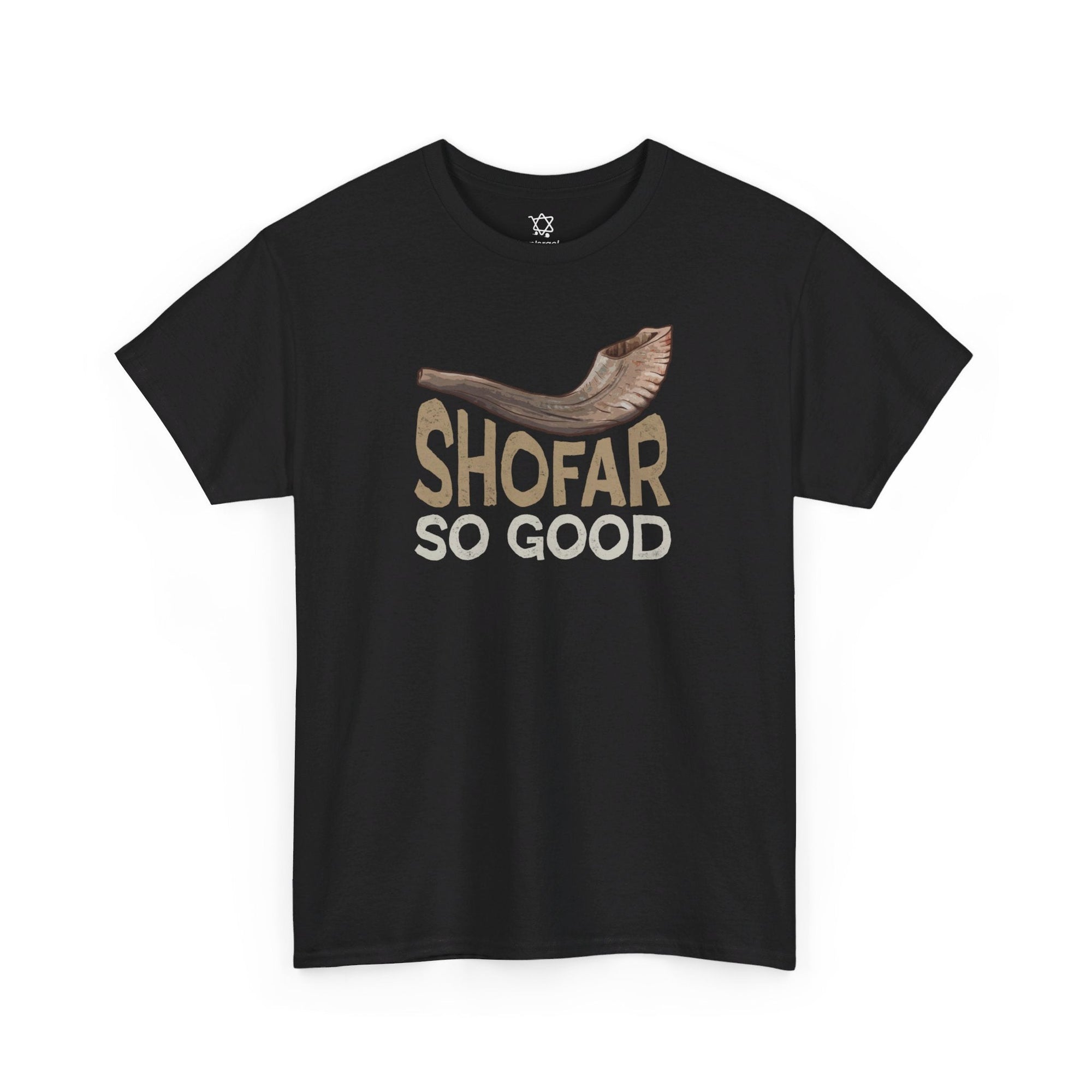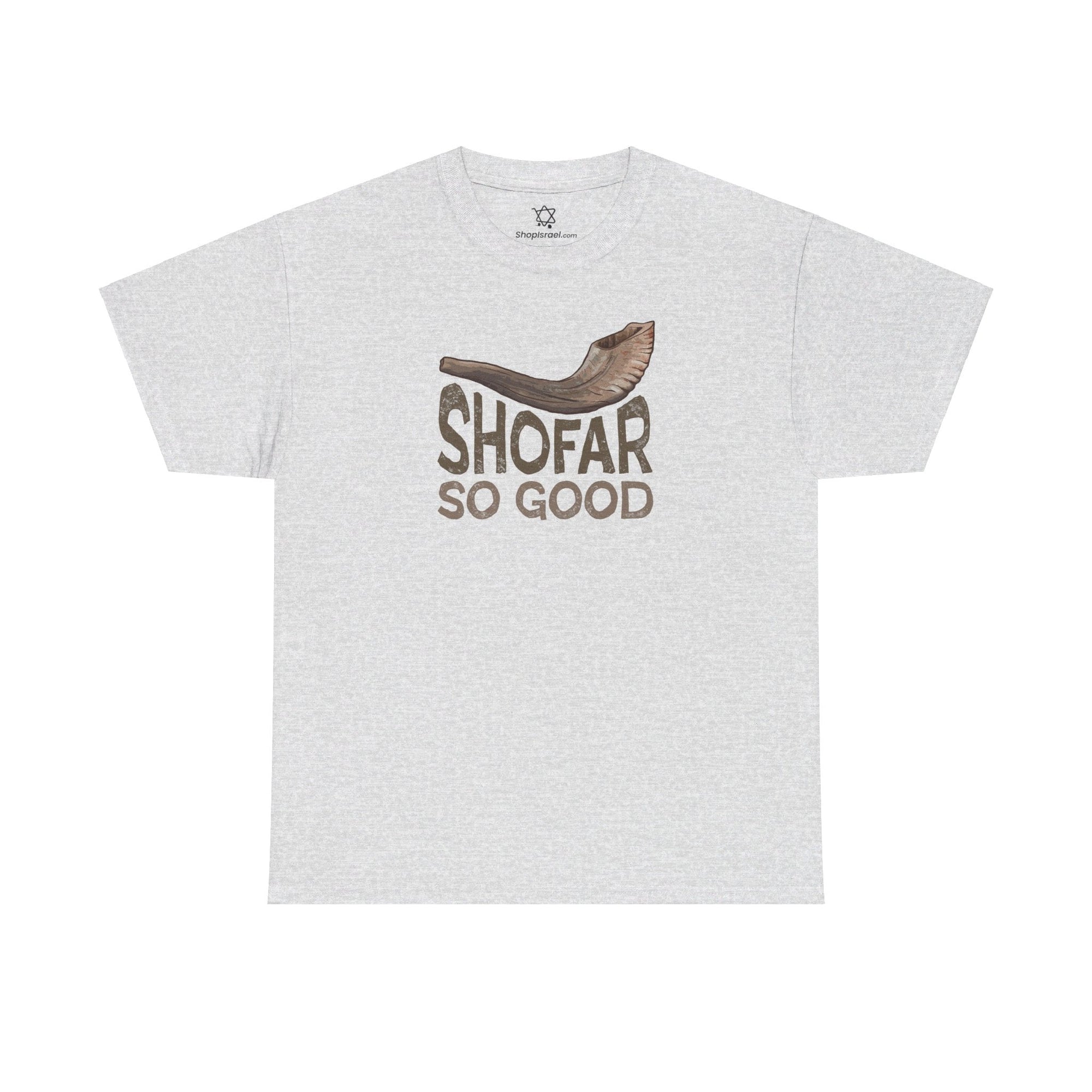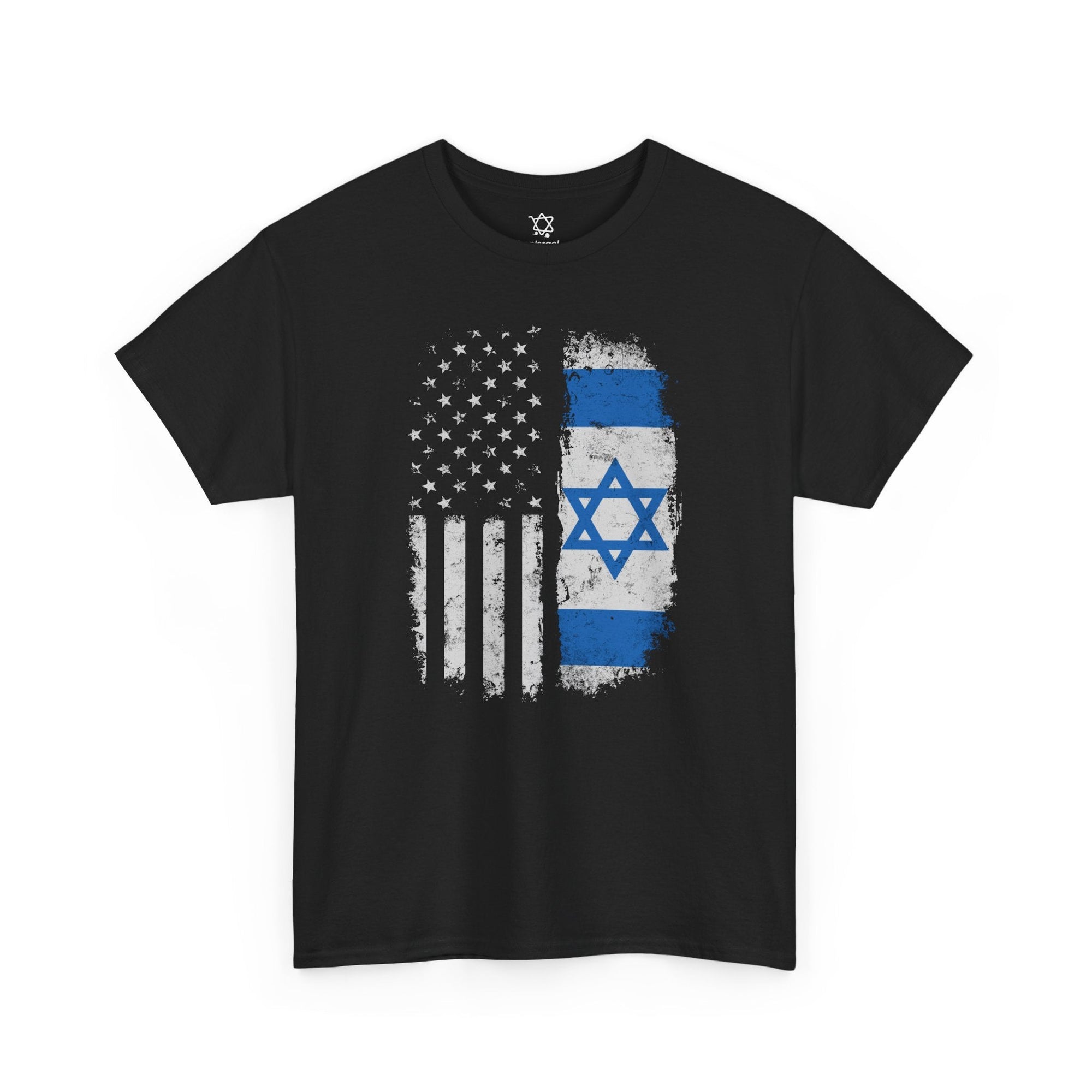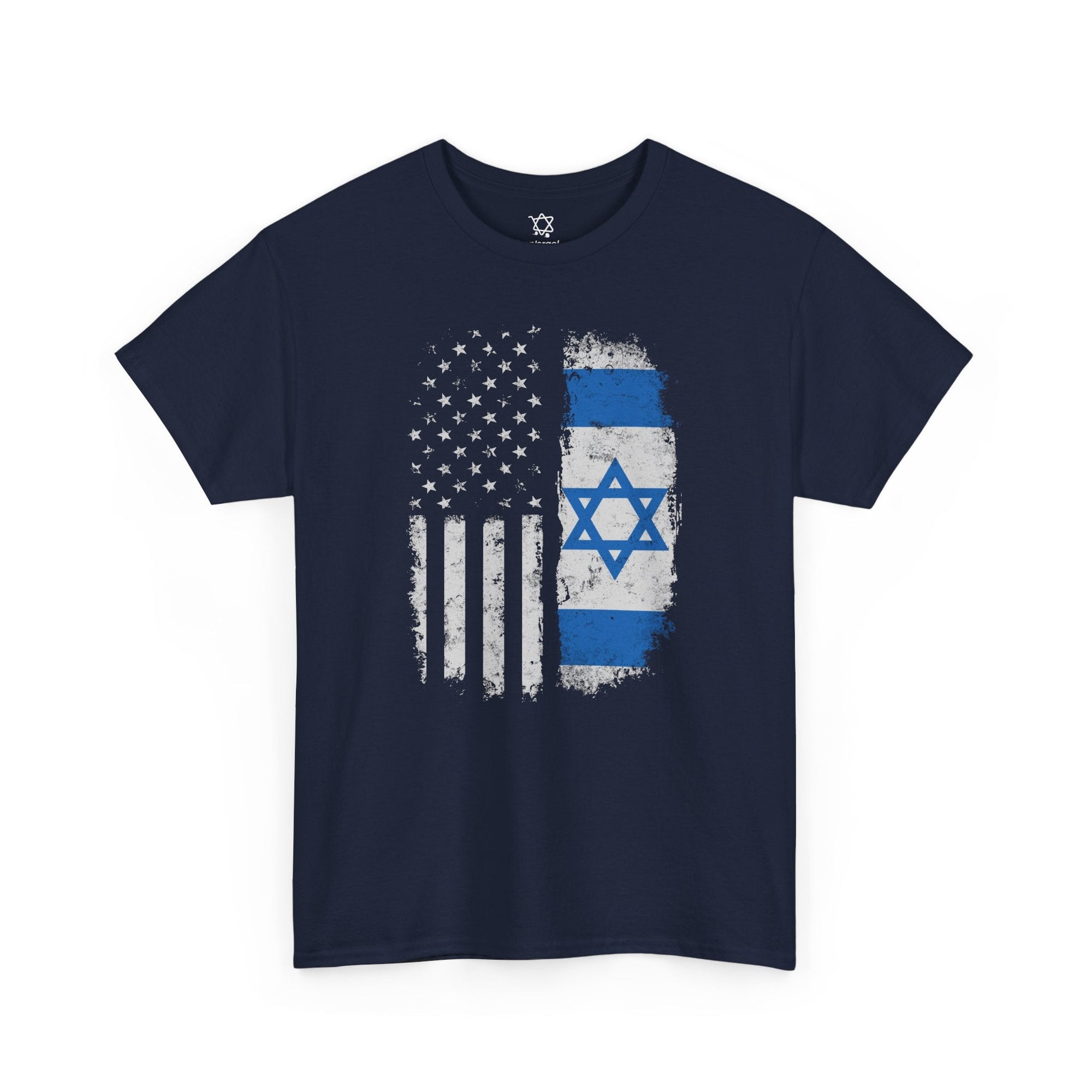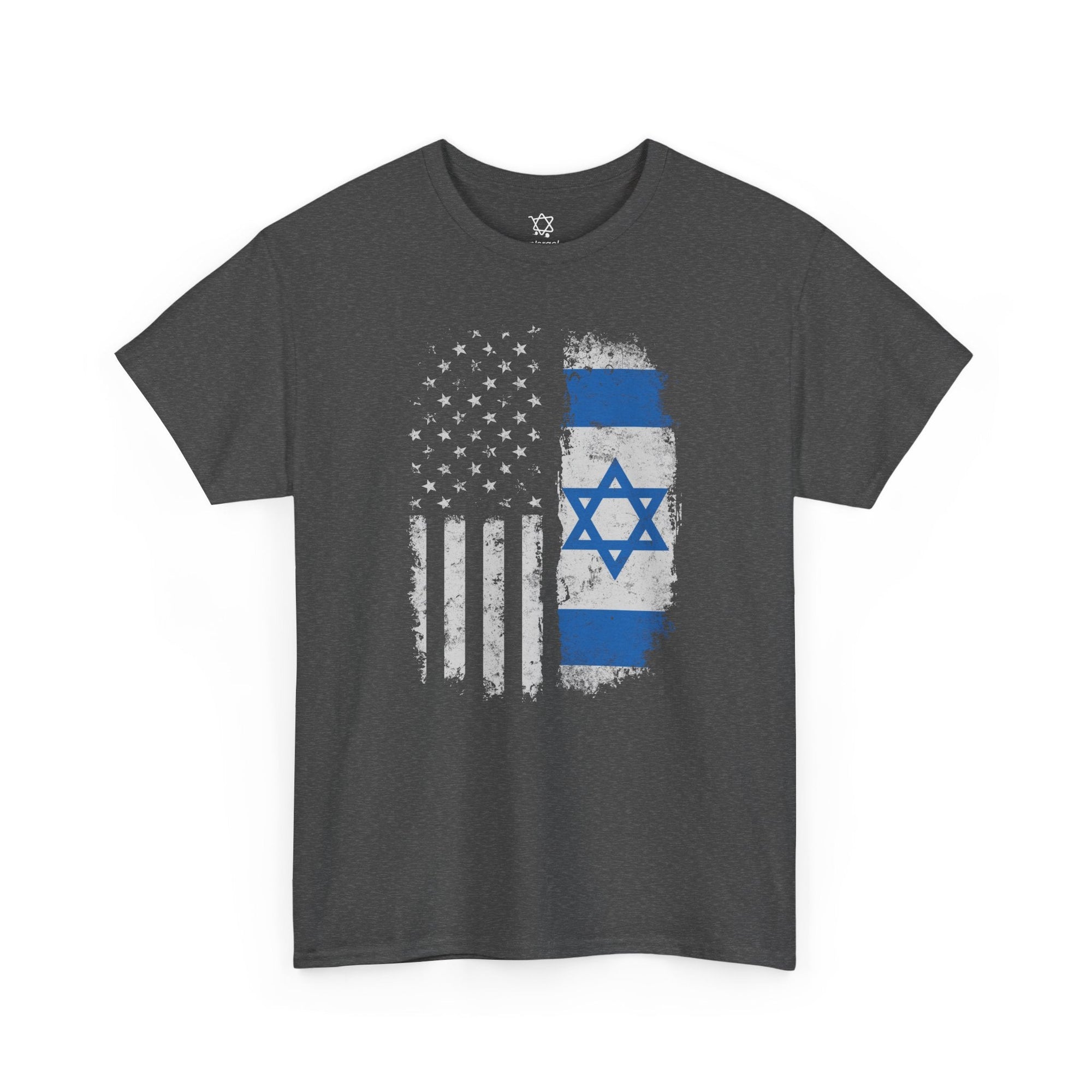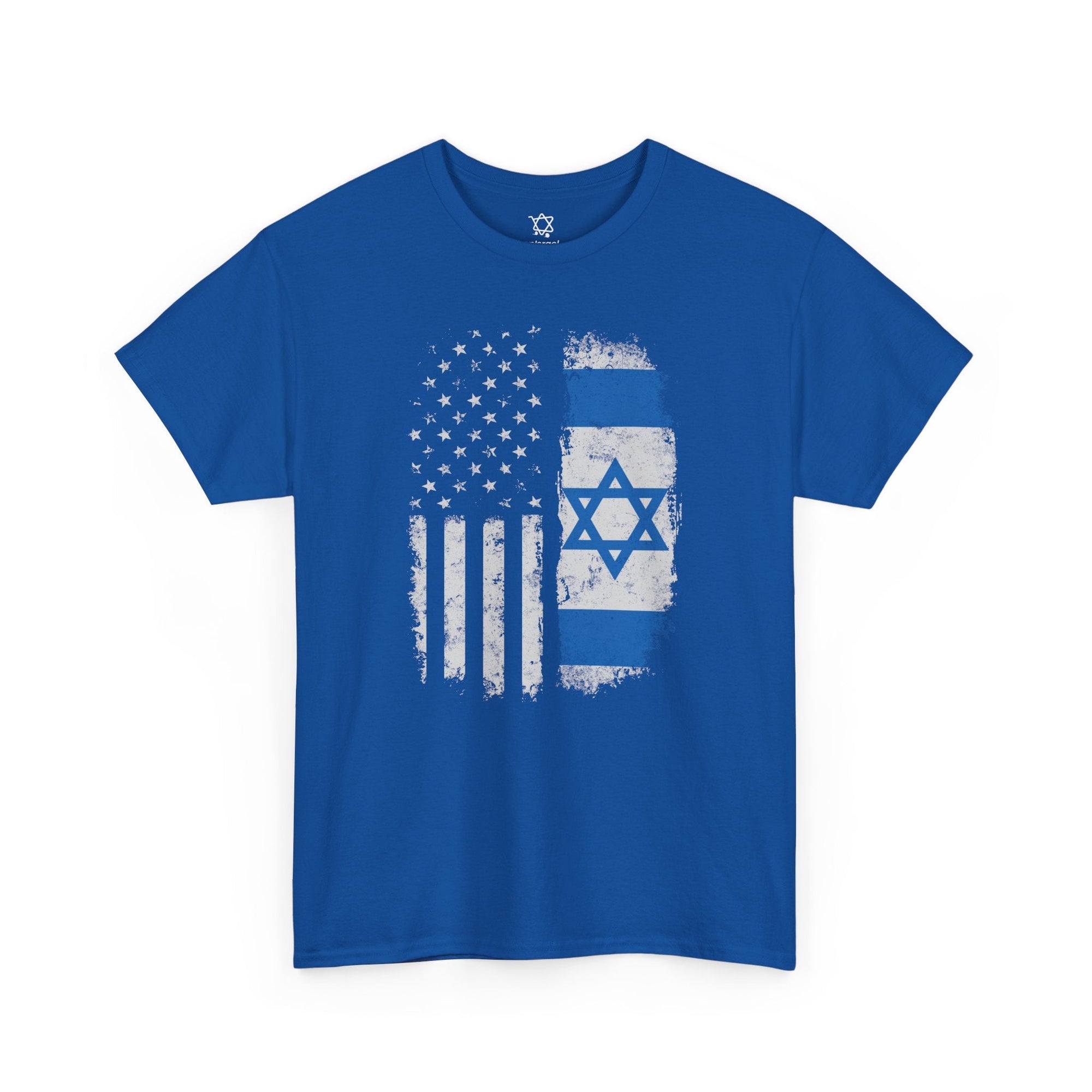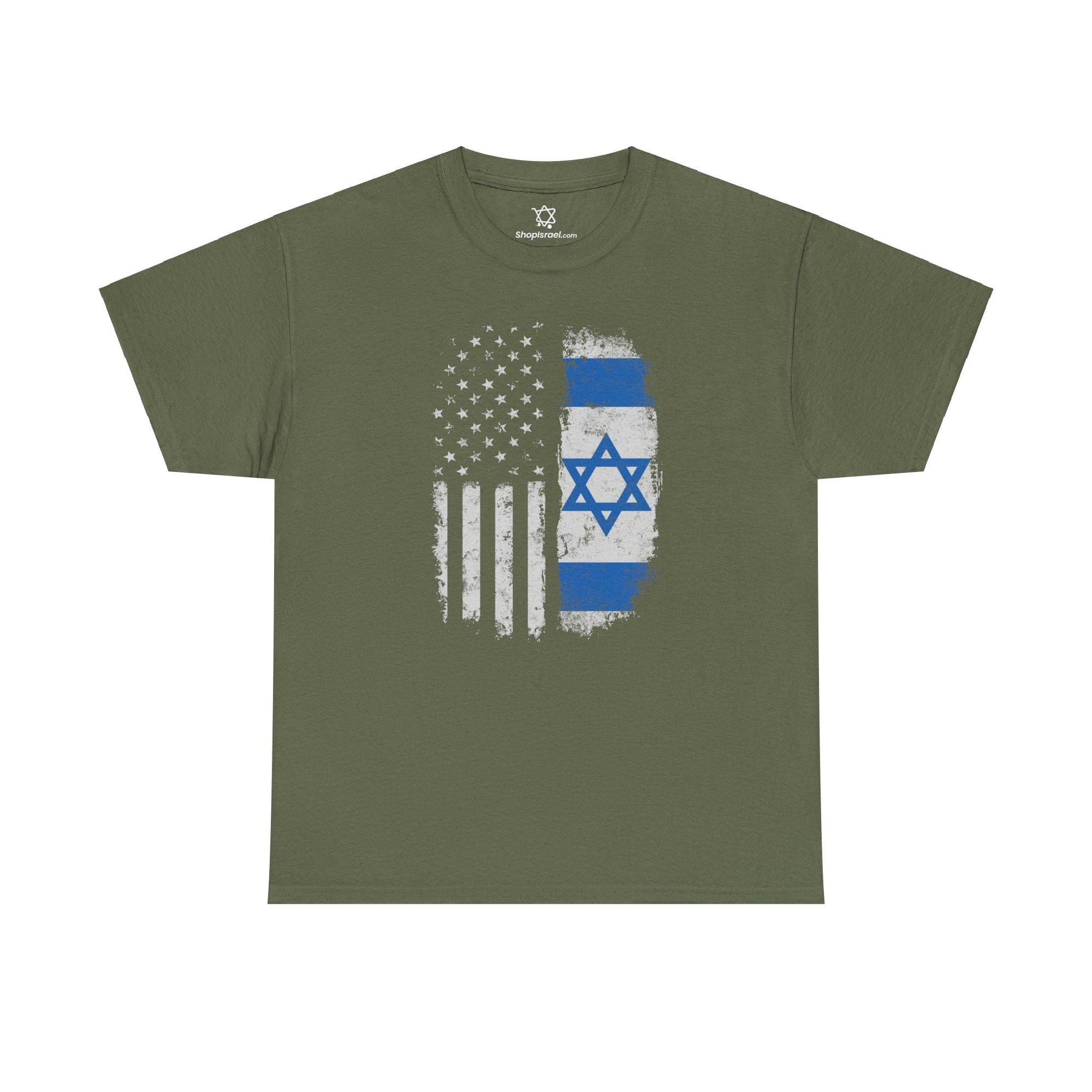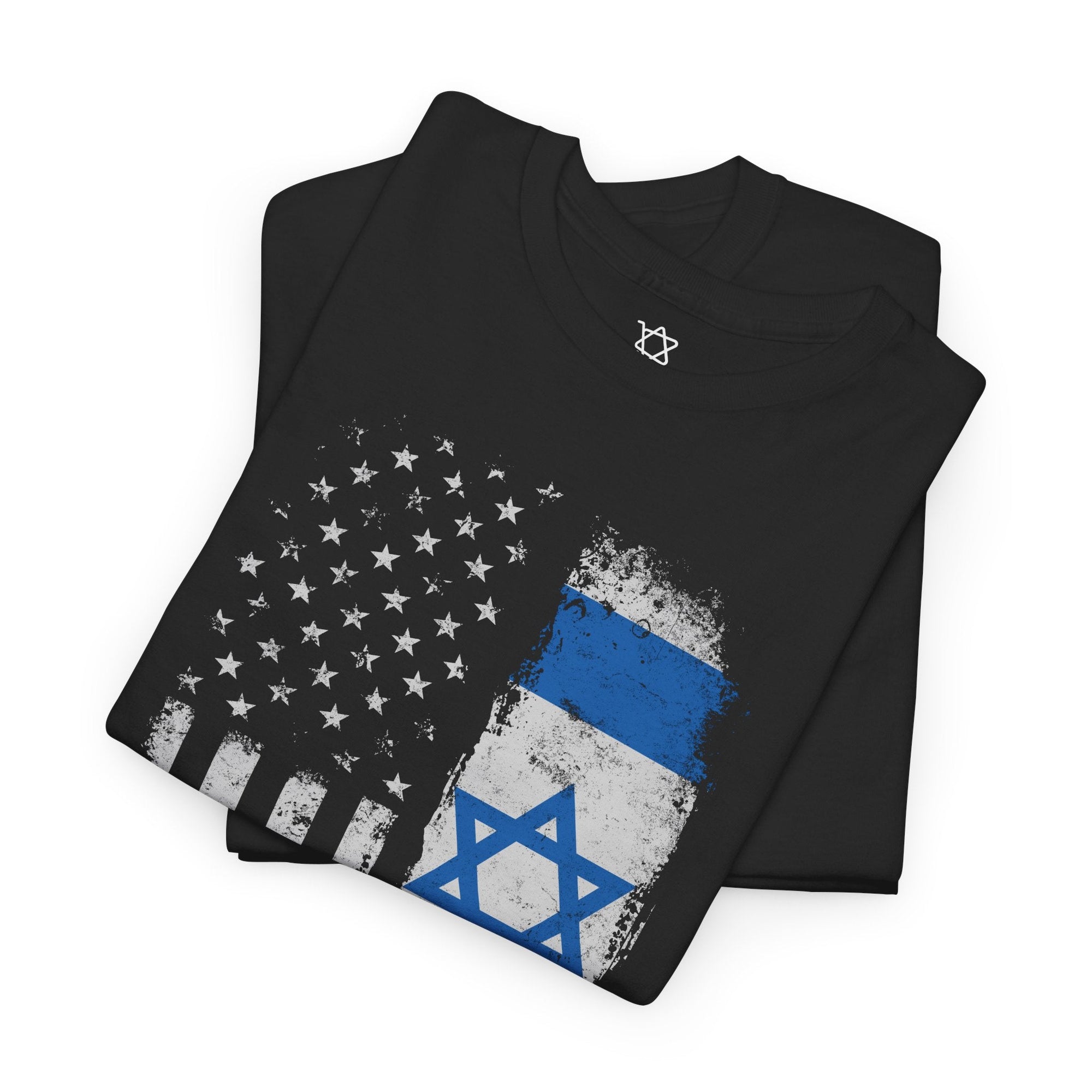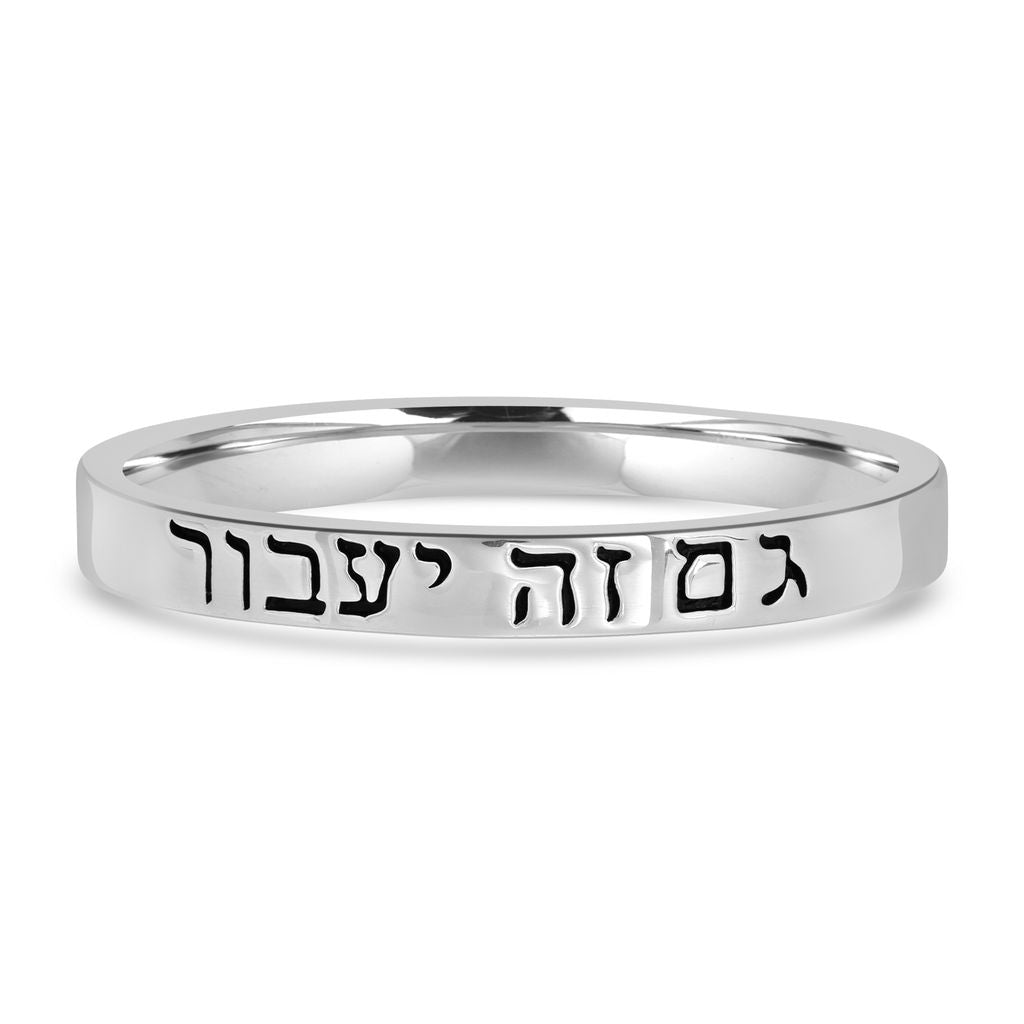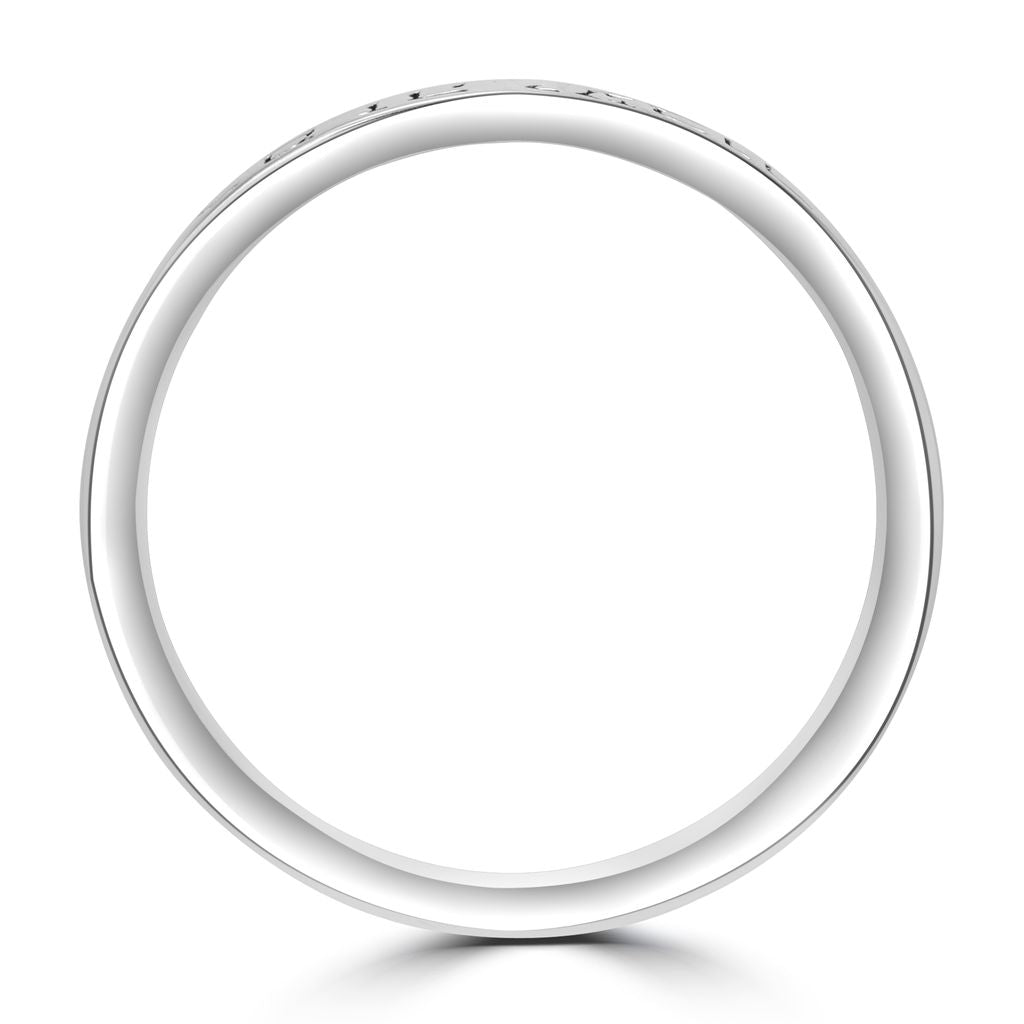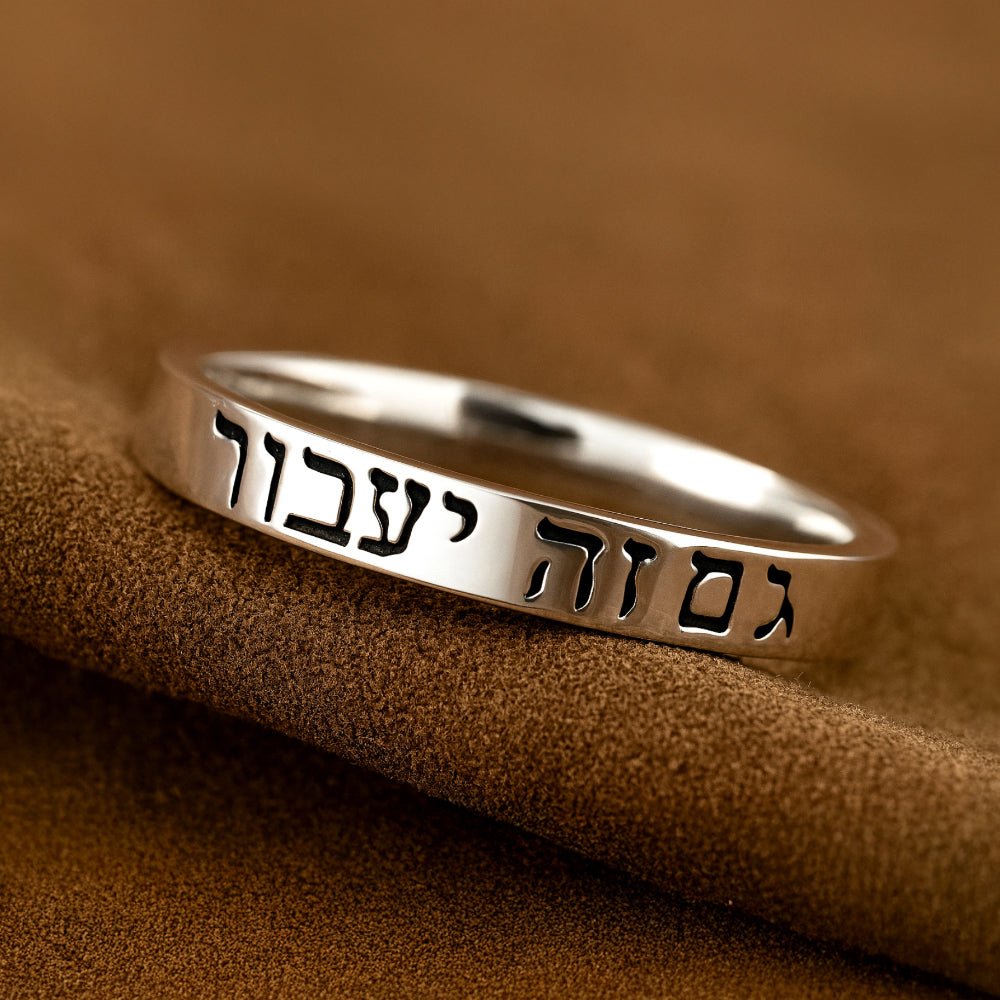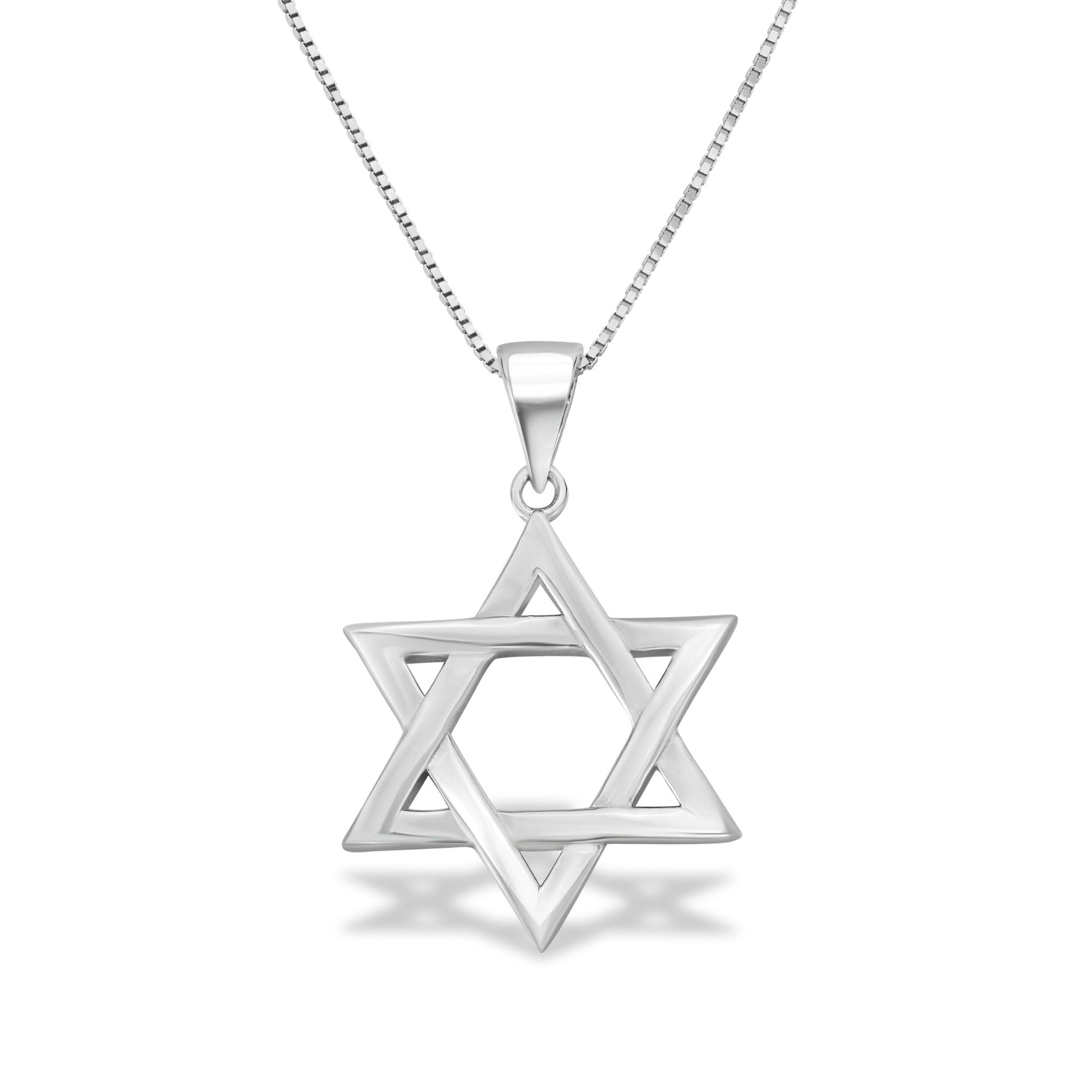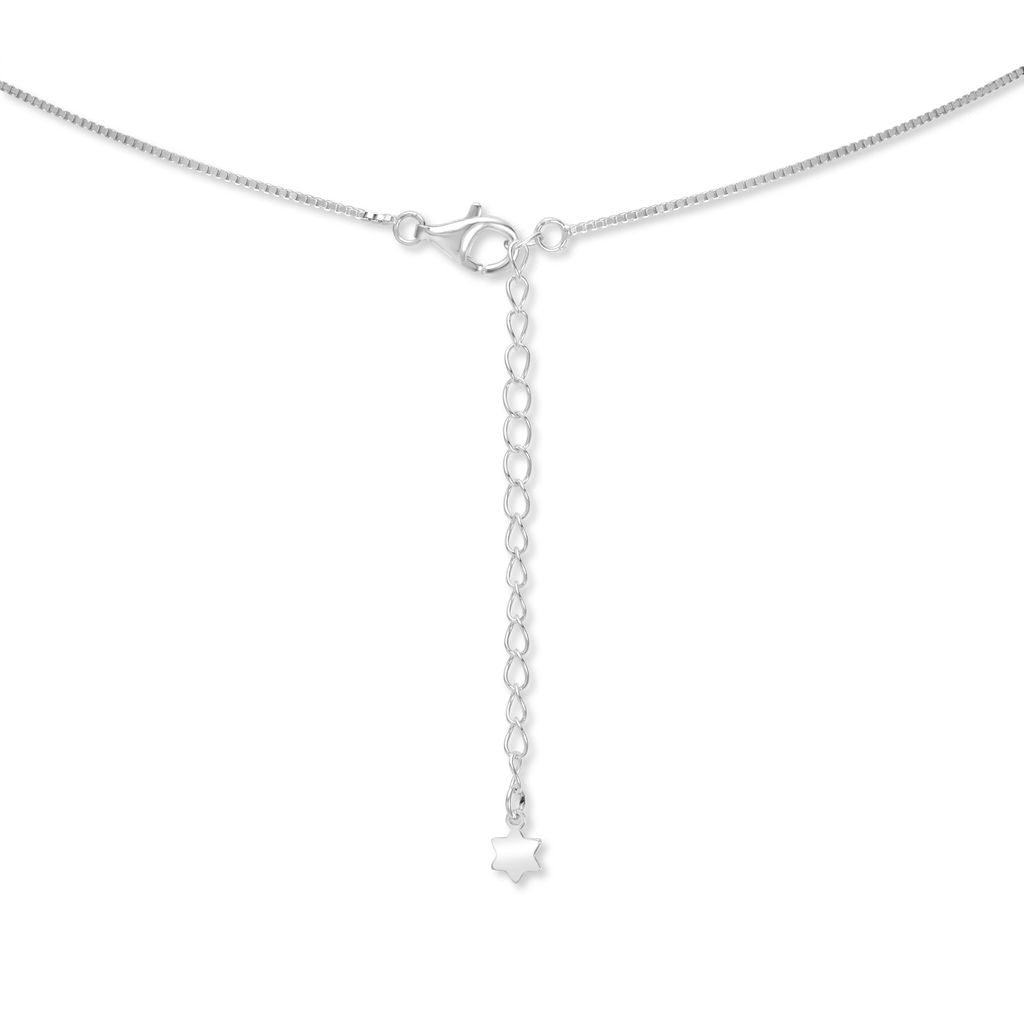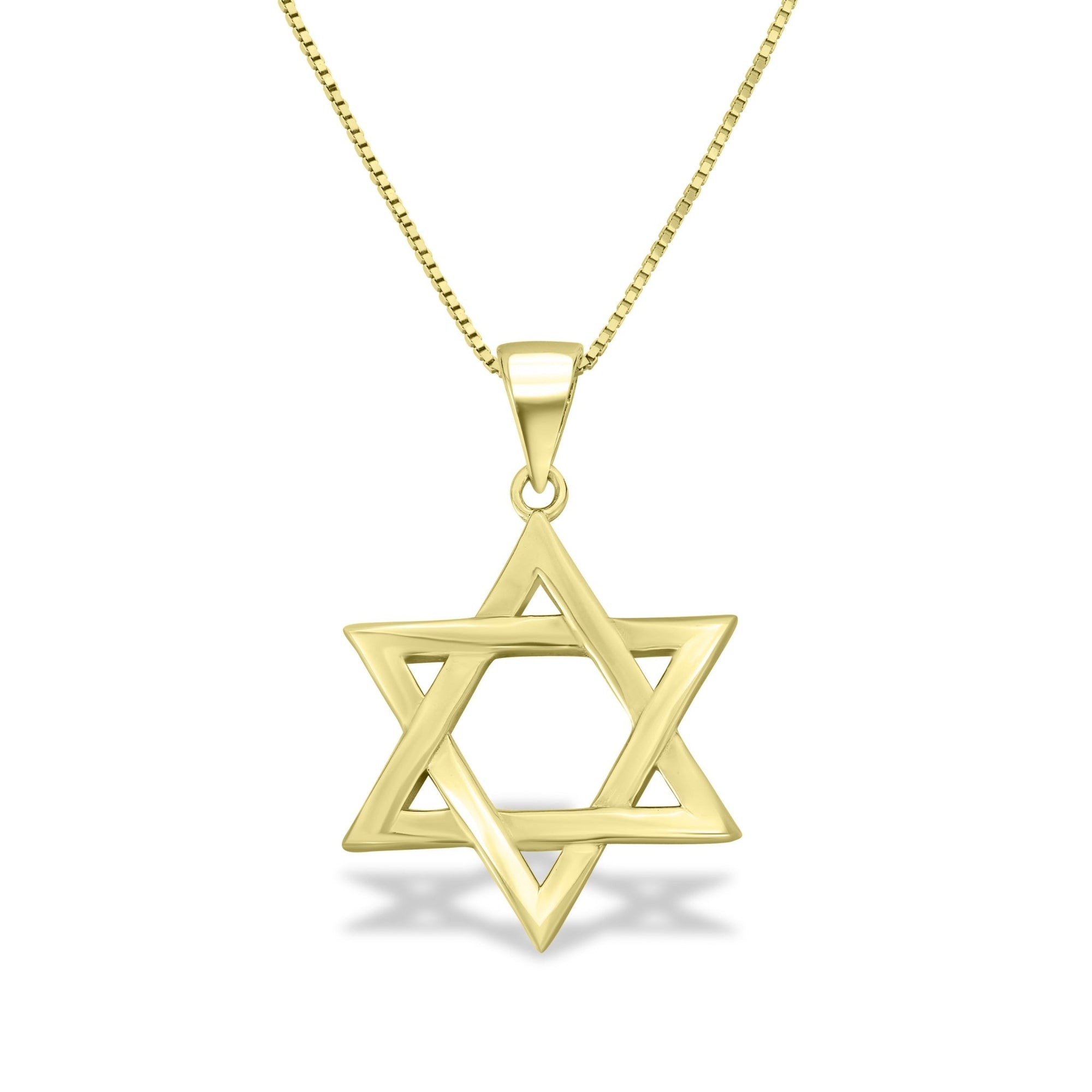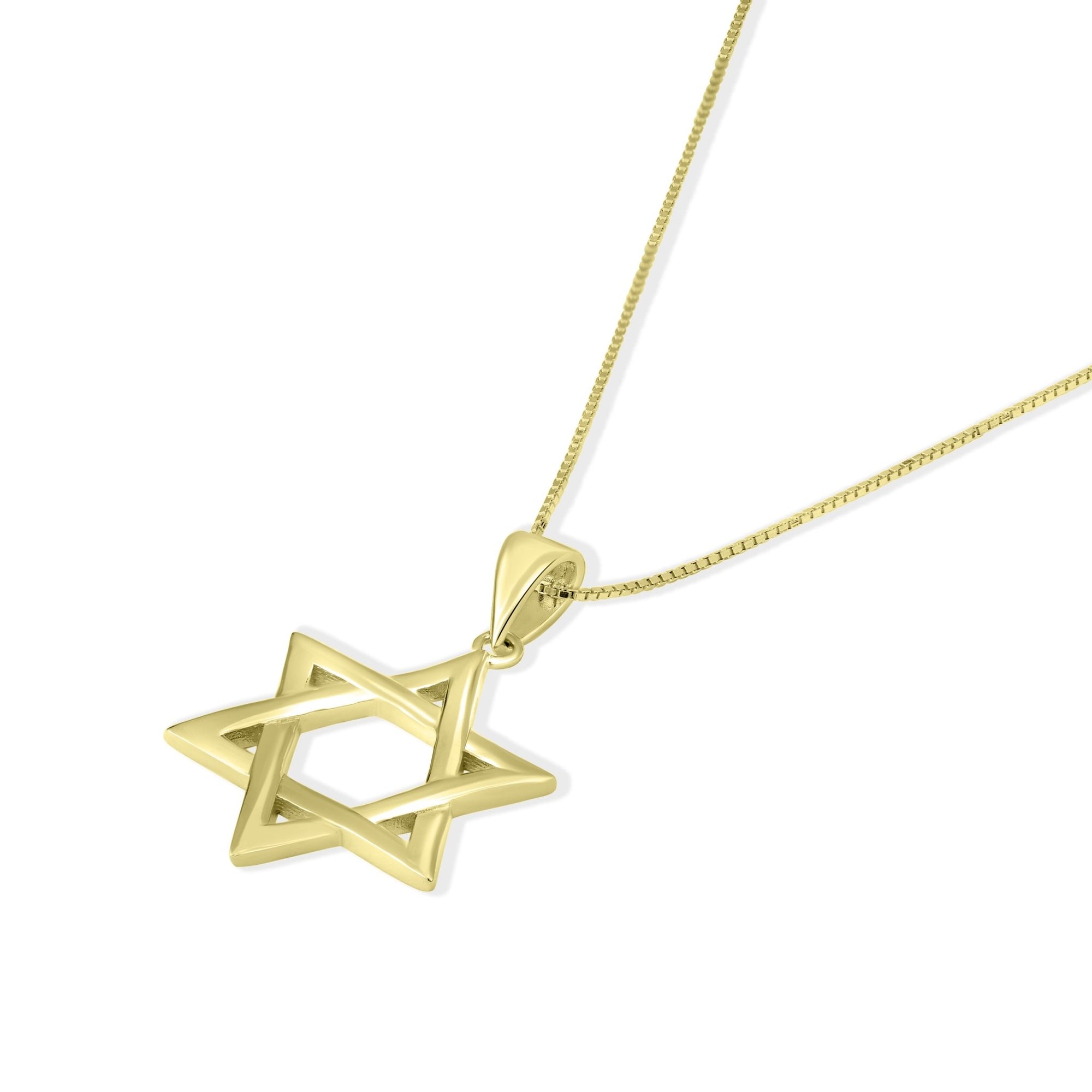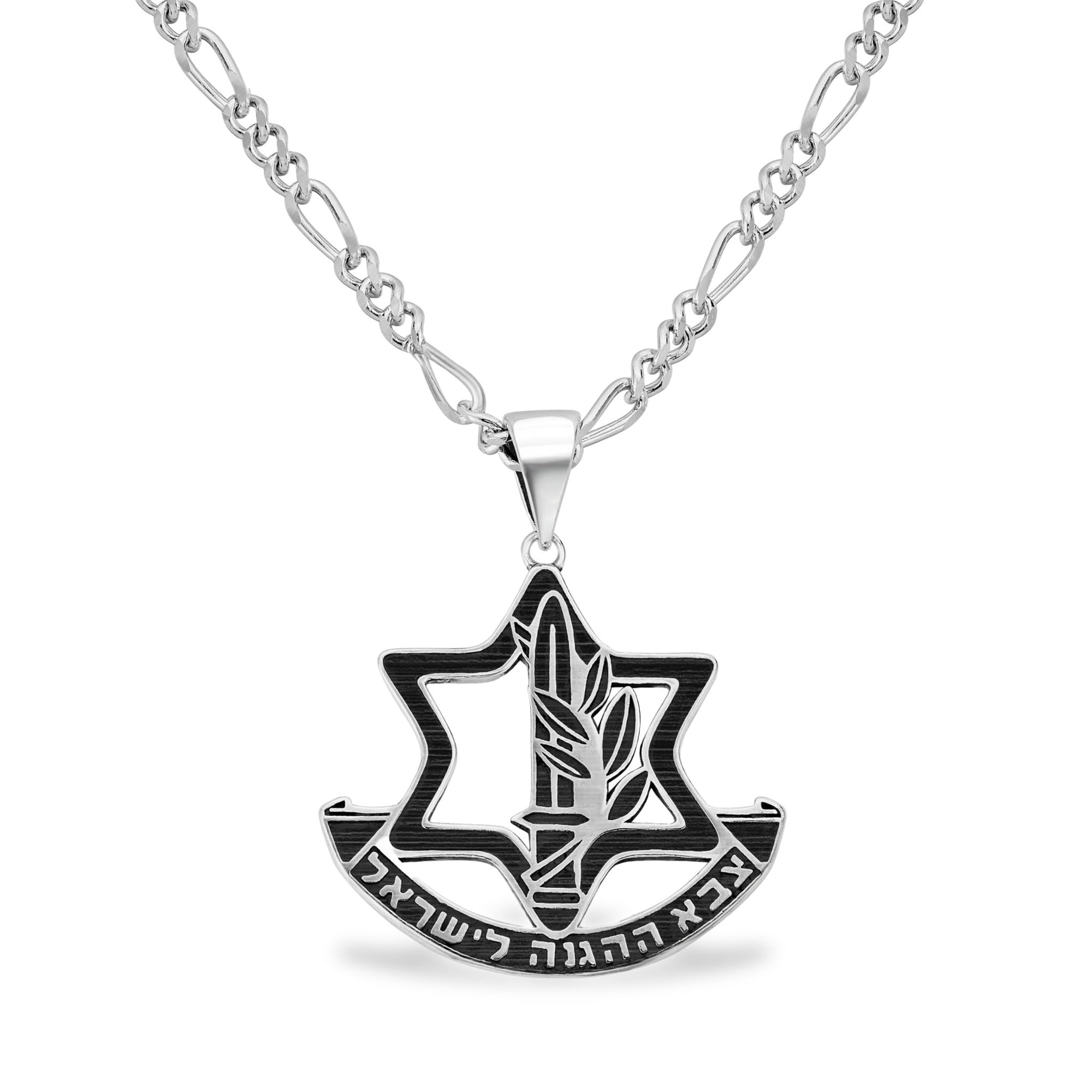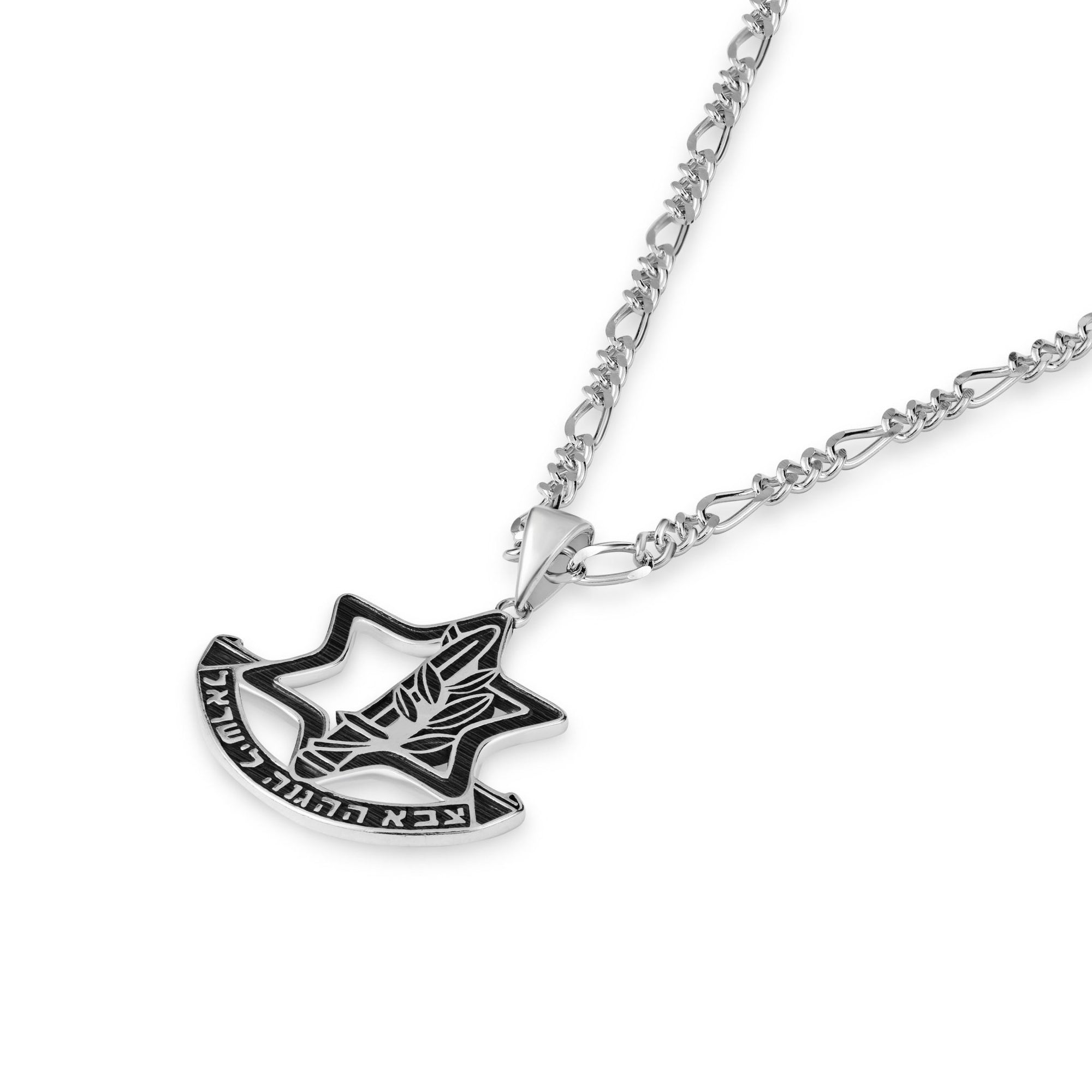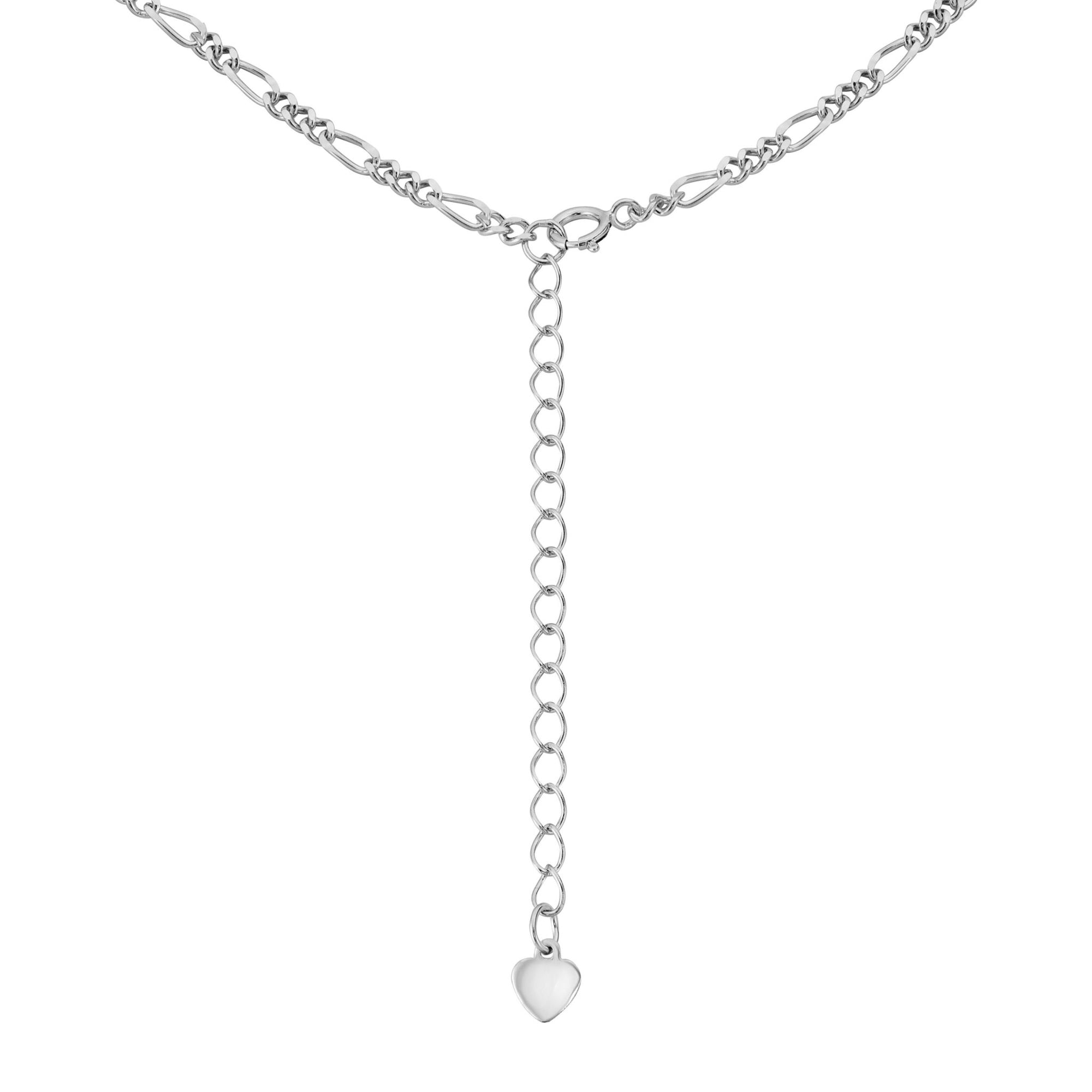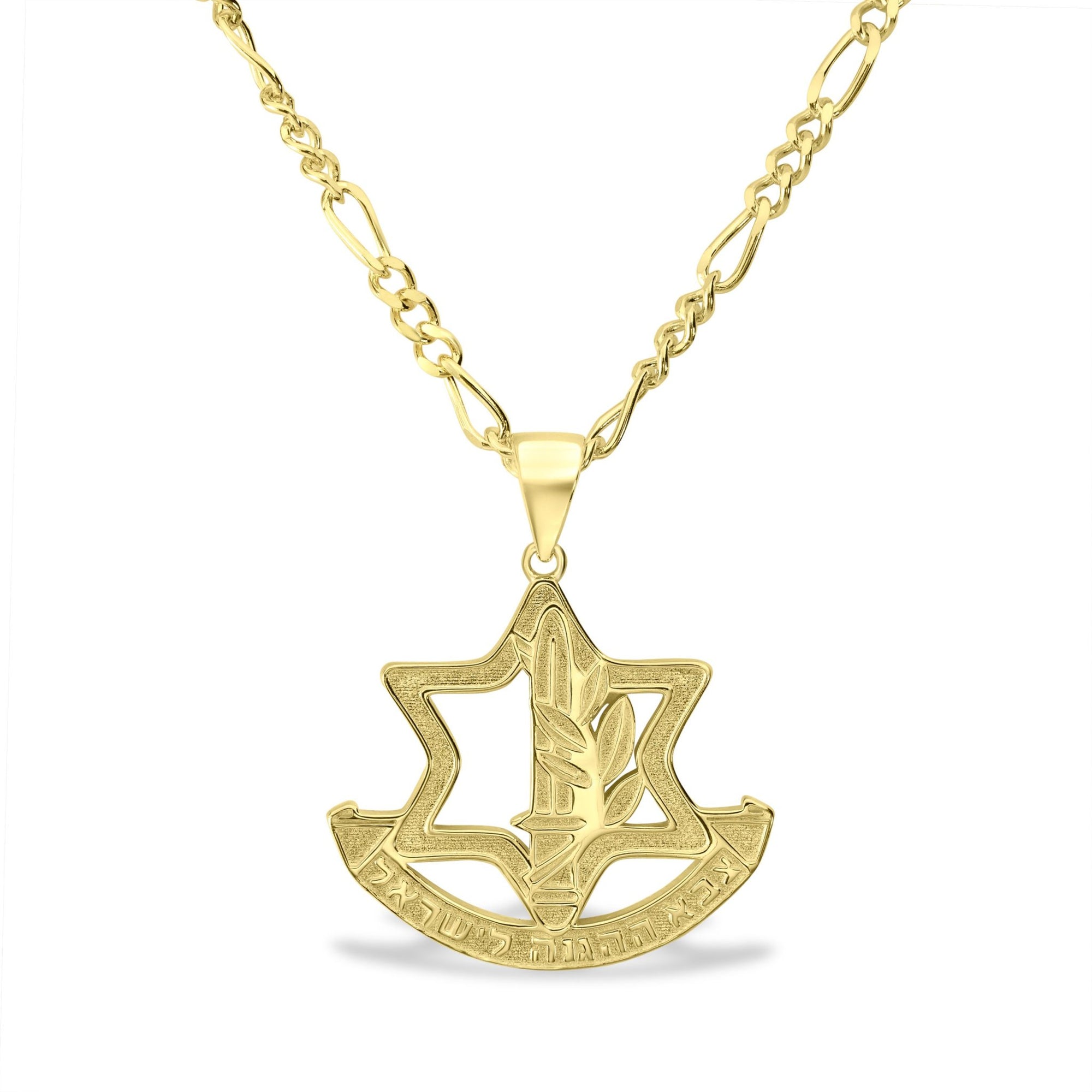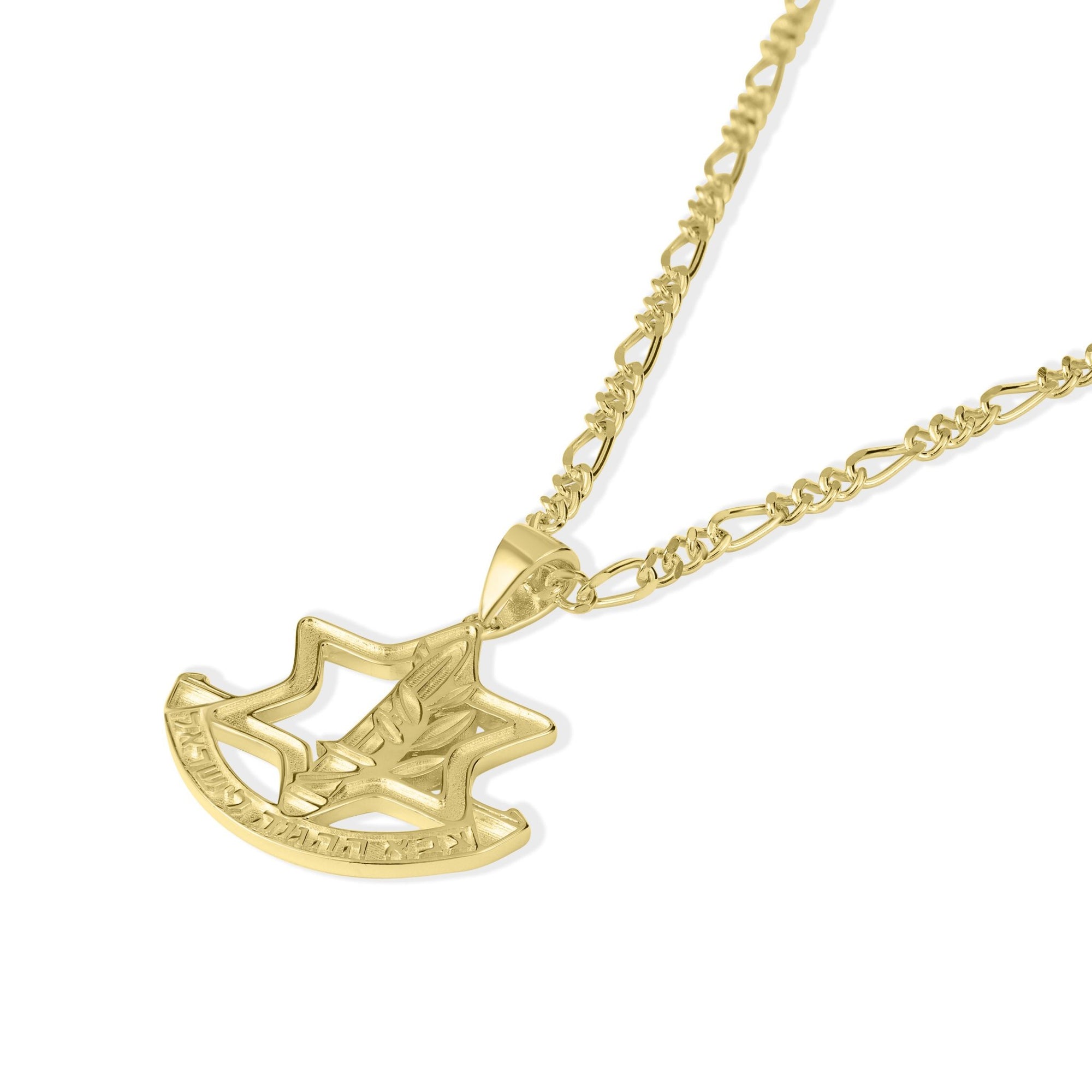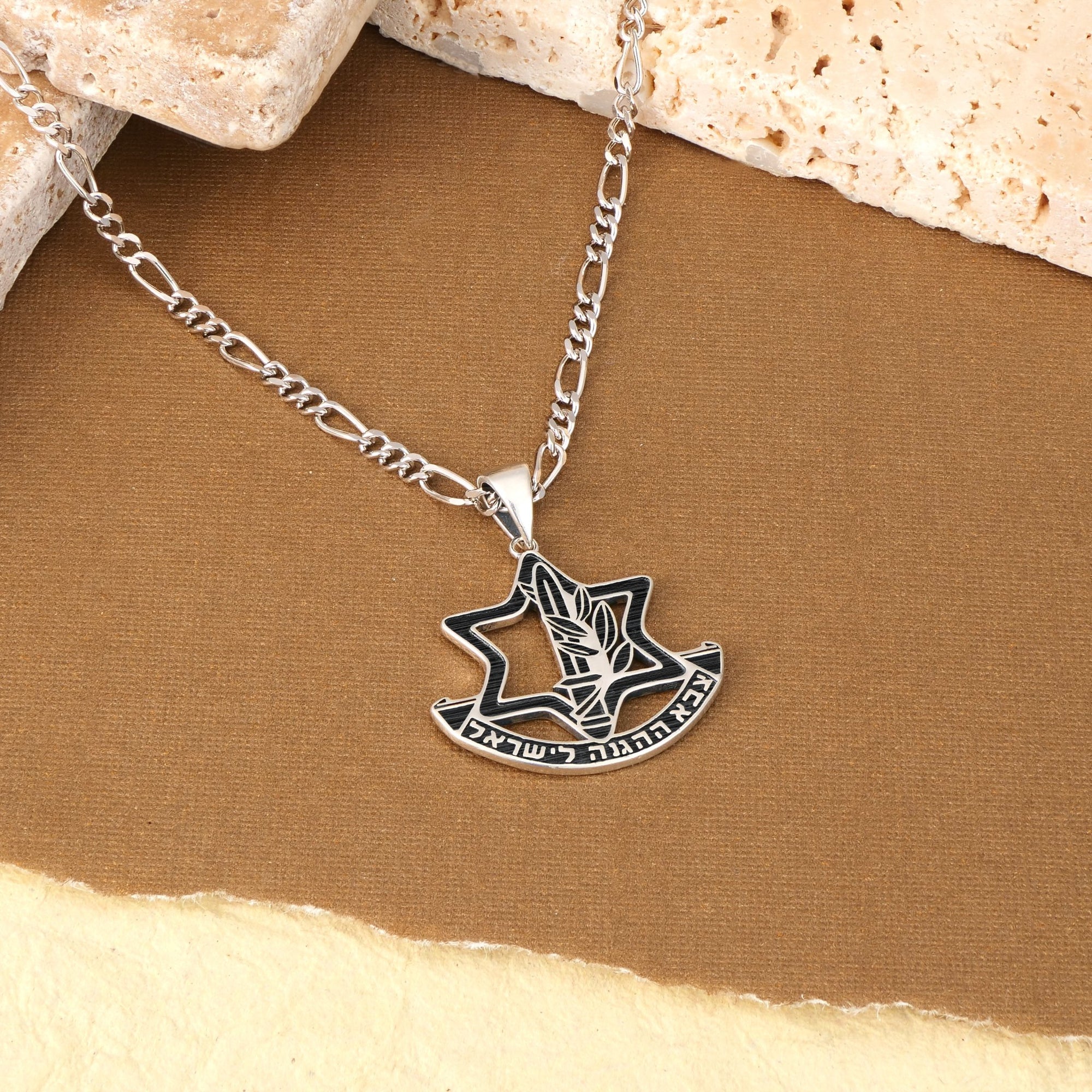Echoes from the Past to the Present
The shofar, a ram’s horn transformed into a sacred instrument, resonates deeply within Jewish culture—its blasts calling to repentance, renewal, and divine kingship. Over millennia, shofar-inspired products have transcended their strictly ritualistic origins to embrace contemporary artistry and personal expression. This article traces the journey of the shofar from an ancient emblem of faith and spiritual awakening to a versatile muse inspiring modern trends in design and symbolism.
Spiritual Resonance: The Cultural Significance of Shofar-Inspired Products
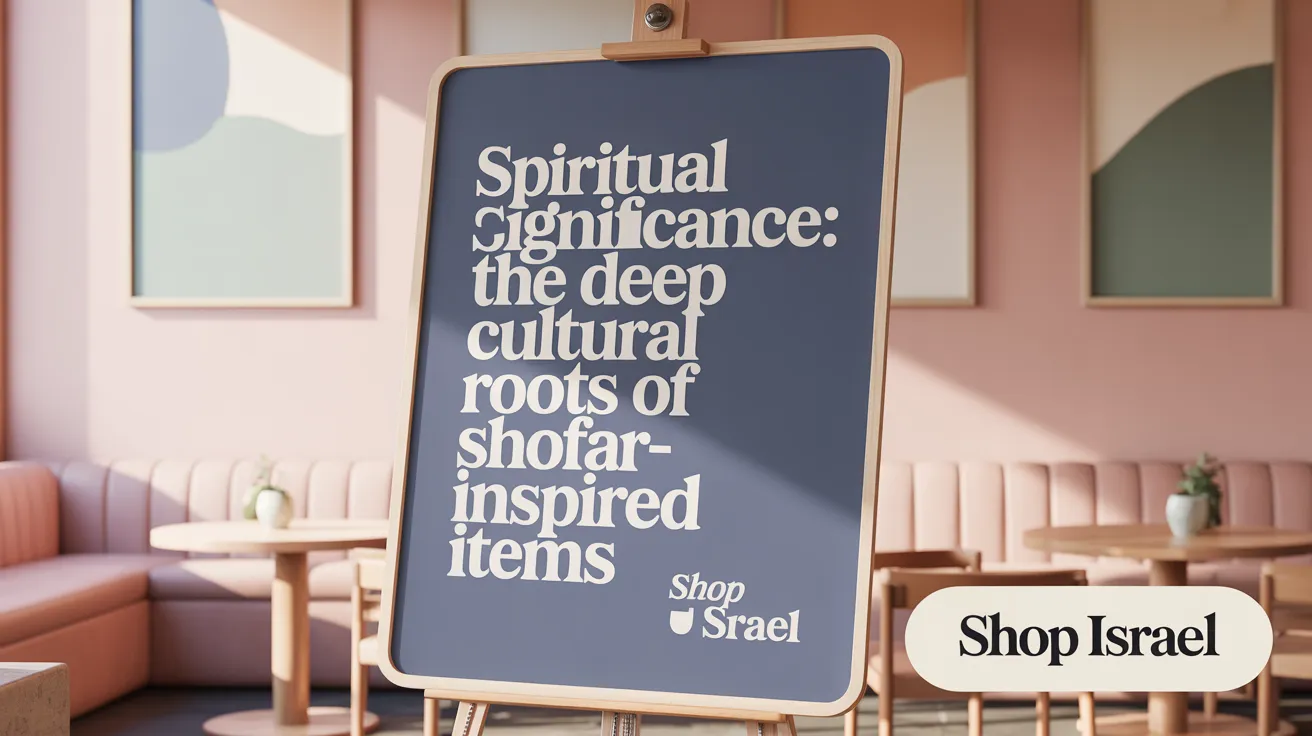
What is the cultural and spiritual significance of shofar-inspired products?
Shofar-inspired items hold deep meaning within Jewish culture, representing more than just tradition. They evoke themes of divine revelation, kingship, repentance, and hope for redemption.
These products act as tangible symbols of awakening and moral reflection. They remind the faithful to remember God's presence, the giving of the Torah, and the anticipation of the Messianic era.
During significant religious occasions like Rosh Hashanah and Yom Kippur, the shofar's blasts serve to stir conscience and encourage personal and communal renewal.
Decorative shofars and related items often feature biblical stories, symbols such as the Star of David and Menorah, and elements from Jewish mysticism. These designs deepen the spiritual connection and keep alive the traditions passed down through generations.
The sound and imagery of the shofar are tied to the core values of humility, faith, and hope. They serve as a reminder of our covenant with God, emphasizing the importance of morality and divine sovereignty.
More than mere ritual objects, shofar-inspired products are expressions of cultural identity. They link individuals and communities to their historical roots and spiritual heritage, inspiring ongoing faith and unity within Jewish life.
Craftsmanship Through the Ages: The History and Tradition of Shofar Making
What is the history and tradition behind shofar craftsmanship and its usage in Jewish culture?
The tradition of shofar craftsmanship and its use in Jewish culture trace back thousands of years to biblical times. Originally, the shofar served various purposes, such as signaling during warfare, alerting the community, and celebrating religious events. Its most significant role, however, was in spiritual and ceremonial contexts, including the revelation at Mount Sinai and later in Jewish rituals.
Historically, the shofar was made from a ram’s horn, symbolizing the ram caught in the thicket by Abraham as a substitute for Isaac’s sacrifice. This image enshrined the horn as a symbol of faith and devotion. The construction process involves carefully cleaning, shaping, and sometimes embellishing the horn, always honoring its sacred origin. Artisans follow traditional methods, often passed down through generations, emphasizing craftsmanship that preserves the natural qualities of the horn.
Jewish religious customs specify how and when to blow the shofar, especially during Rosh Hashanah and Yom Kippur. It is blown in specific patterns, accompanied by blessings, to inspire repentance and spiritual awakening among the faithful. The sound of the shofar is believed to evoke divine mercy and remind the community of their covenant with God.
Throughout history, the shofar has also symbolized liberation, hope for redemption, and divine sovereignty. Its blasts are heard not only in synagogue services but also in communal celebrations and as a reminder of historical struggles and resilience.
Today, the heritage of shofar craftsmanship continues in Israel and beyond. Skilled artisans, like Shimon Keinan who founded Kol Shofar, carry on traditional techniques, sourcing horns from countries like Namibia and South Africa. These artisans combine age-old practices with modern artistry, creating shofars that connect Jewish communities with their ancestral roots and spiritual traditions.
Symbolism and Style: Design Variations of Shofar-Inspired Products

The designs of shofar-inspired products are rich with symbolism, reflecting deep spiritual and cultural meanings. Different motifs and themes are carefully embedded into these items to symbolize concepts like divine sovereignty, repentance, renewal, and hope. These symbolic elements help connect the physical object to its religious and cultural roots.
Various types of animal horns are used in making shofar-inspired products, including ram, kudu, gemsbok, and eland. Each type has distinct shapes, textures, and colors that mirror their regional origins and traditional significance. For example, ram horns are most common, symbolizing sacrifice and faith, while others like kudu horns can add unique aesthetic qualities.
Design motifs on shofar-inspired items often include biblical symbols such as the Star of David, Menorah, and elements from Jewish mysticism. These symbols not only decorate the products but also emphasize themes like protection, divine guidance, and spiritual enlightenment. Zodiac symbols, floral patterns, animal figures, and geometric designs are also popular, each adding layers of meaning and beauty.
Contemporary artists incorporate modern artistic expressions into traditional motifs, creating vibrant, abstract, or minimalist patterns that resonate with modern spirituality. These innovations often blend traditional forms with creative color schemes and artistic styles, making the objects appealing to both religious and secular audiences.
To sum up, the diverse design styles found in shofar-inspired products serve as visual representations of religious stories, mystical beliefs, and cultural identity. They transform a simple functional object into a profound symbol that embodies faith, history, and personal expression, bridging tradition with contemporary artistic trends.
| Style/Design Type | Description | Cultural Significance |
|---|---|---|
| Biblical motifs | Symbols like the Star of David and Menorah | Convey faith, divine guidance, and heritage |
| Mystical elements | Kabbalistic and mystical symbols | Connect to Jewish mysticism and spiritual insights |
| Regional influences | Ram, kudu, gemsbok, and eland horns from different regions | Reflect regional traditions and origins |
| Artistic innovations | Modern colors and abstract patterns | Express personal spirituality and creativity |
| Decorative adornments | Sculptures, dyes, and precious metals | Enhance aesthetic appeal and uniqueness |
In essence, these design variations in shofar-inspired products are more than mere decoration—they are a visual language conveying a rich tapestry of religious symbolism, cultural identity, and artistic innovation.
From Ritual to Trend: Contemporary Adaptations of Shofar-Inspired Items

How have shofar-inspired products evolved from traditional religious items to contemporary trends?
Shofar-inspired products have undergone significant transformation, shifting from primarily sacred objects used in religious ceremonies to diverse artistic and decorative items appreciated across broader audiences. Modern artisans and designers incorporate innovative design elements, new materials, and symbolic motifs that resonate with contemporary aesthetics. While they retain their biblical and cultural importance, these items now include jewelry, home decor, and personalized accessories that appeal to secular consumers.
Artists often draw inspiration from biblical stories, divine symbols like the Star of David or Menorah, and abstract motifs such as cosmic or tribal patterns. These adaptations reflect current artistic trends, blending the ancient with the modern. The evolution of shofar products illustrates how this ancient instrument continues to inspire cultural expression, serving as a bridge between tradition and contemporary artistic identity.
The Role of Shofar Products Within Jewish Tradition and Modern Culture
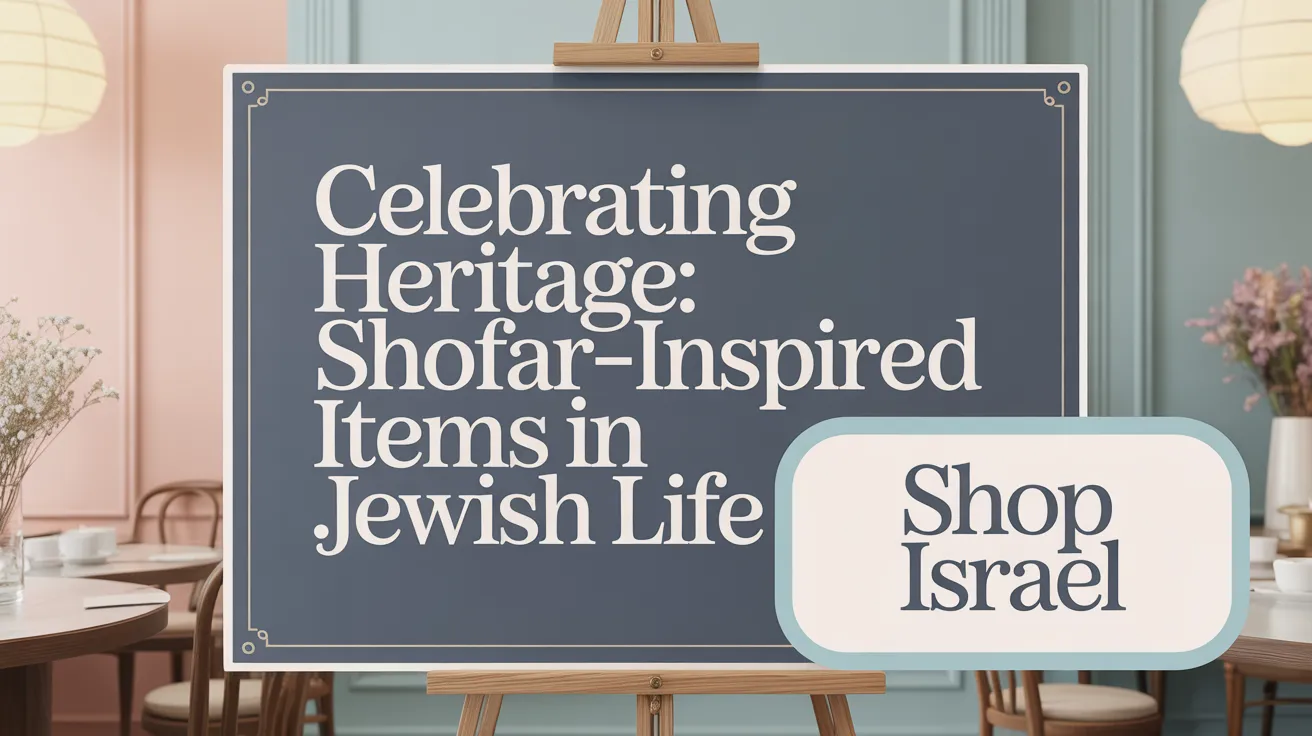
What is the role of shofar-inspired products within Jewish tradition and culture?
Shofar-inspired items are woven deeply into the fabric of Jewish life, carrying rich symbolism and spiritual meaning. These products serve not only as ritual objects but also as cultural symbols that celebrate and preserve Jewish heritage.
During important holidays such as Rosh Hashanah and Yom Kippur, the shofar is sounded to awaken the soul, call for repentance, and acknowledge divine sovereignty. Artistic shofars, often decorated with biblical stories, symbols like the Star of David, the Menorah, or Jerusalem landmarks, visually echo the spiritual call of the horn. These designs serve as reminders of biblical events and mystical traditions, connecting community members with their ancestors' faith and history.
Besides their ceremonial role, shofar-inspired objects also function as cultural artifacts. They promote continuity by keeping the tradition alive through visually and sonically engaging items. For instance, beautifully crafted shofar sculptures, jewelry, or decorated horn pieces are often displayed during holidays or used in educational settings to pass down stories and values.
Overall, these objects symbolize loyalty to faith, resilience, humility, and hope. They remind worshippers of pivotal biblical moments—such as God's revelation at Mount Sinai and the sacrifice of Isaac—while encouraging moral introspection and spiritual renewal. In the modern world, shofar-related products continue to foster community cohesion, embodying both historical legacy and ongoing faith in divine justice and mercy.
| Product Type | Materials Used | Cultural Significance & Design Elements |
|---|---|---|
| Traditional Shofar | Ram's horn, natural or embellished | biblical stories, religious symbols, Jerusalem landmarks |
| Decorative Items | Wood, metal, precious metals | carvings, dyes, artistic sculptures, non-kosher embellishments |
| Jewelry | Gold, silver, jewelry-grade horn | Star of David, Hamsa, Hebrew inscriptions |
| Home Decor | Ceramic, glass, wood | Torah scroll motifs, decorative calligraphy, mystical symbols |
Such products serve as tangible links between past and present, making them powerful tools for education and spiritual expression. As cultural artifacts, they help Jews worldwide connect to their roots and reinforce their shared identity.
The Shofar’s Enduring Legacy: Tradition Meets Innovation
From its biblical origins as a sacred signal and call to repentance, the shofar continues to echo through Jewish life, inspiring both devotion and artistic creativity. Shofar-inspired products, whether traditional horns crafted with ancient care or modern pieces that fuse symbolism with contemporary design, carry forward a profound narrative of faith, identity, and hope. These items bridge the sacred and the secular, connecting generations through shared heritage while inviting new interpretations. In embracing both tradition and trend, the shofar embodies a timeless symbol of spiritual awakening, resilience, and the enduring pursuit of divine connection.
References
- Shofar Designs and What They Mean
- The last of Israel's traditional shofar makers
- 10 Things the Shofar Symbolizes
- 9 Authentic Jewish Products You Must Try From Israel
- The Shofar in Modern Music: More Than Just An Ancient ...
- 10 Things the Shofar Symbolizes
- Shofar | Meaning, Horn, Worship, & Judaism
- Shofar
- How the spiritual sound of the shofar shapes the Jewish ...



